Discover WEB3/DEPT® LABS
Learn blockchain with us
Our platform, WEB3/DEPT® Labs, is a nine step course that will teach you and your team the building blocks of Web3.
Learn MoreDrawing from extensive expertise in the Web3 realm, we collaborate with businesses all around the world to navigate and excel in the decentralized digital frontier.
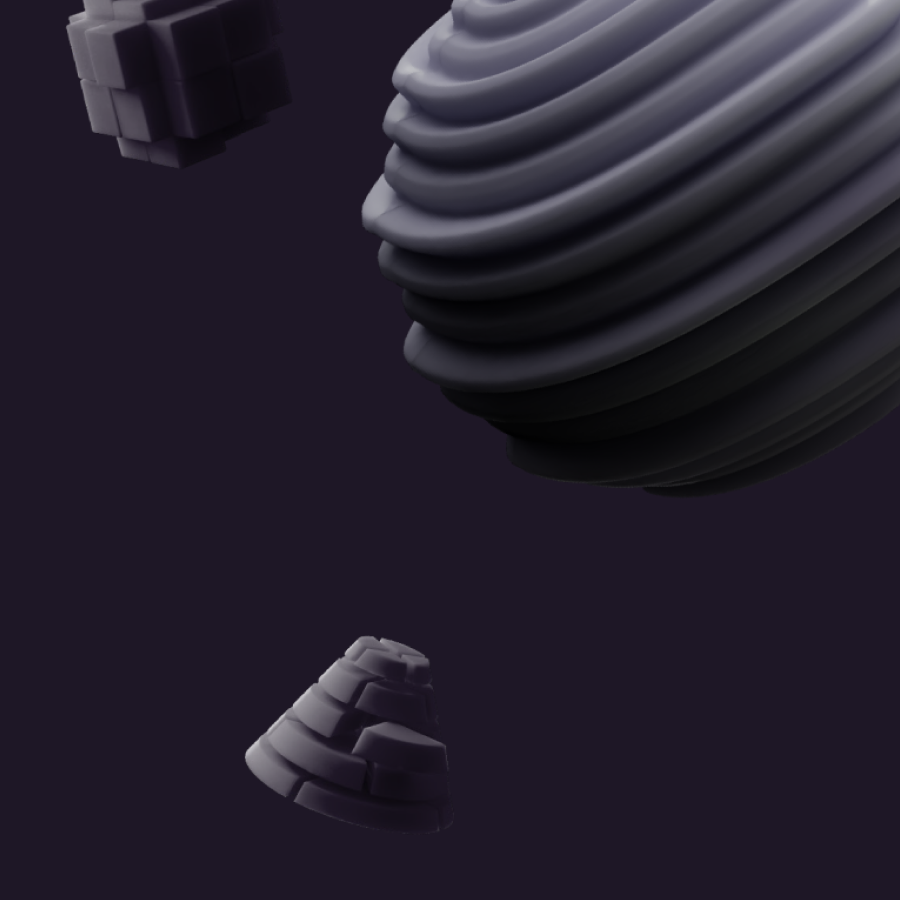
Crafting distinct identities that resonate and leave a lasting impression.
Brand Strategy
Brand Architecture
Visual Identity
Verbal Identity
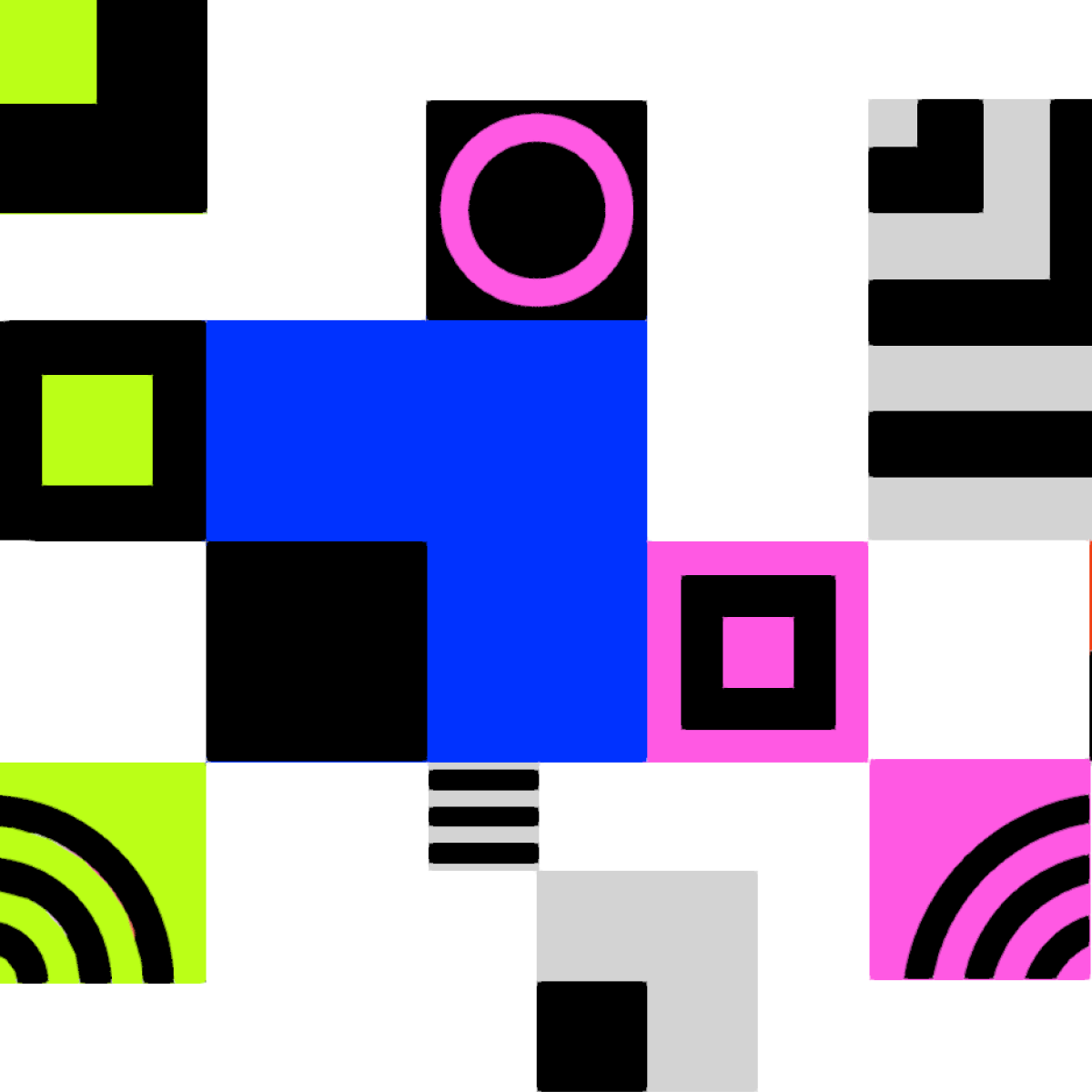
Creating award-winning interfaces with thoughtful design and user experience at the core.
Experience Design
Product Design
Web Design
3D Experiences
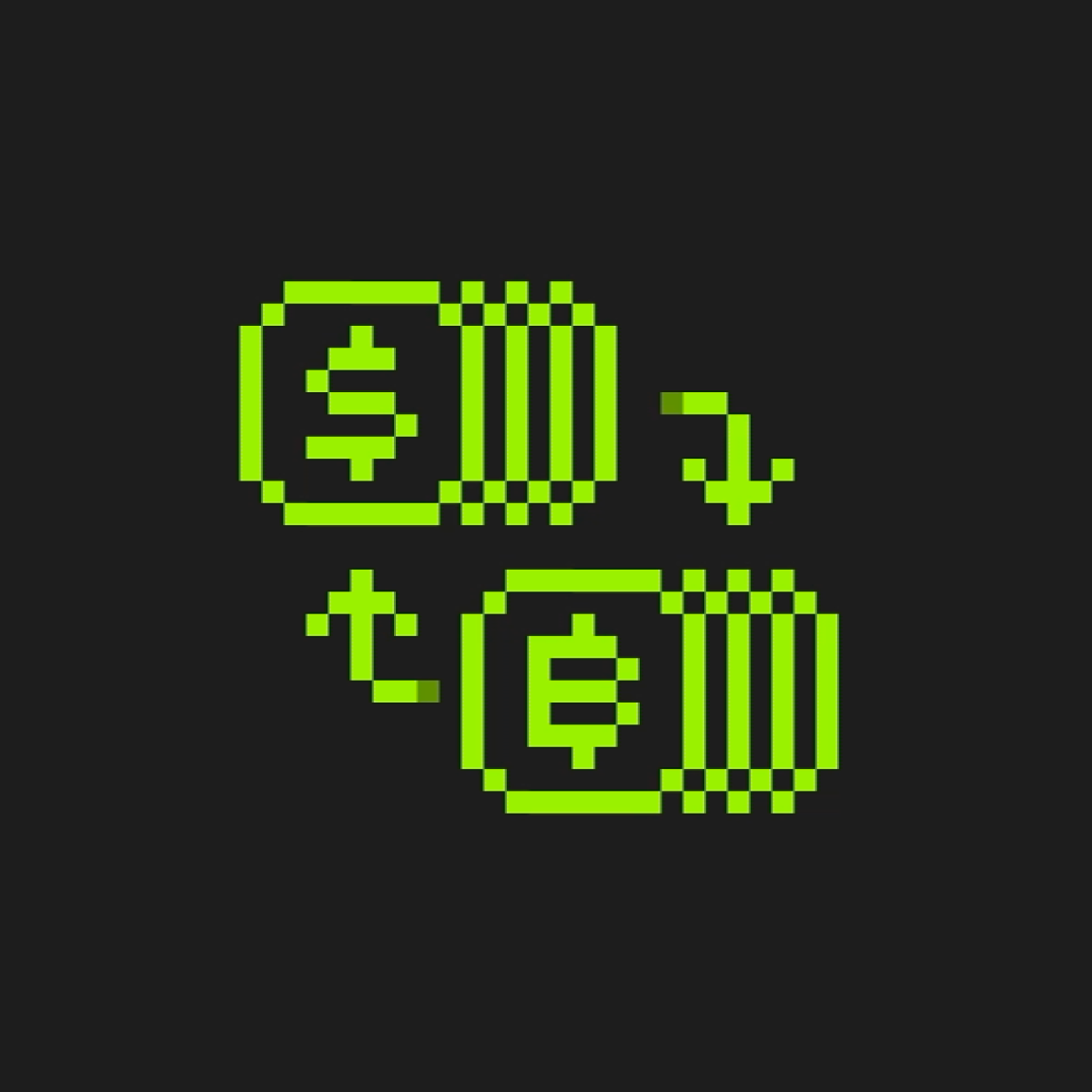
rom smart contracts to indexers, marketplaces, and bridging infrastructure – we know how to build secure and robust web3 products.
Product Strategy
Product Validation
Product Engineering
Smart Contract Development

Strategically propelling your web3 project to engage and captivate potential users or developers.
GTM Strategy
Media Strategy
Campaign Management
Content Creation
We partnered with Merit Circle to craft a cutting-edge blockchain infrastructure, empowering developers with a streamlined platform to create blockchain-based games. Discover how!
Read The Case Study
Addresses created
Avg. monthly transactions
Games in development




























With a global team of over 300 specialists we’ve been forging transformative Web3 solutions alongside our esteemed clients and partners since 2015.
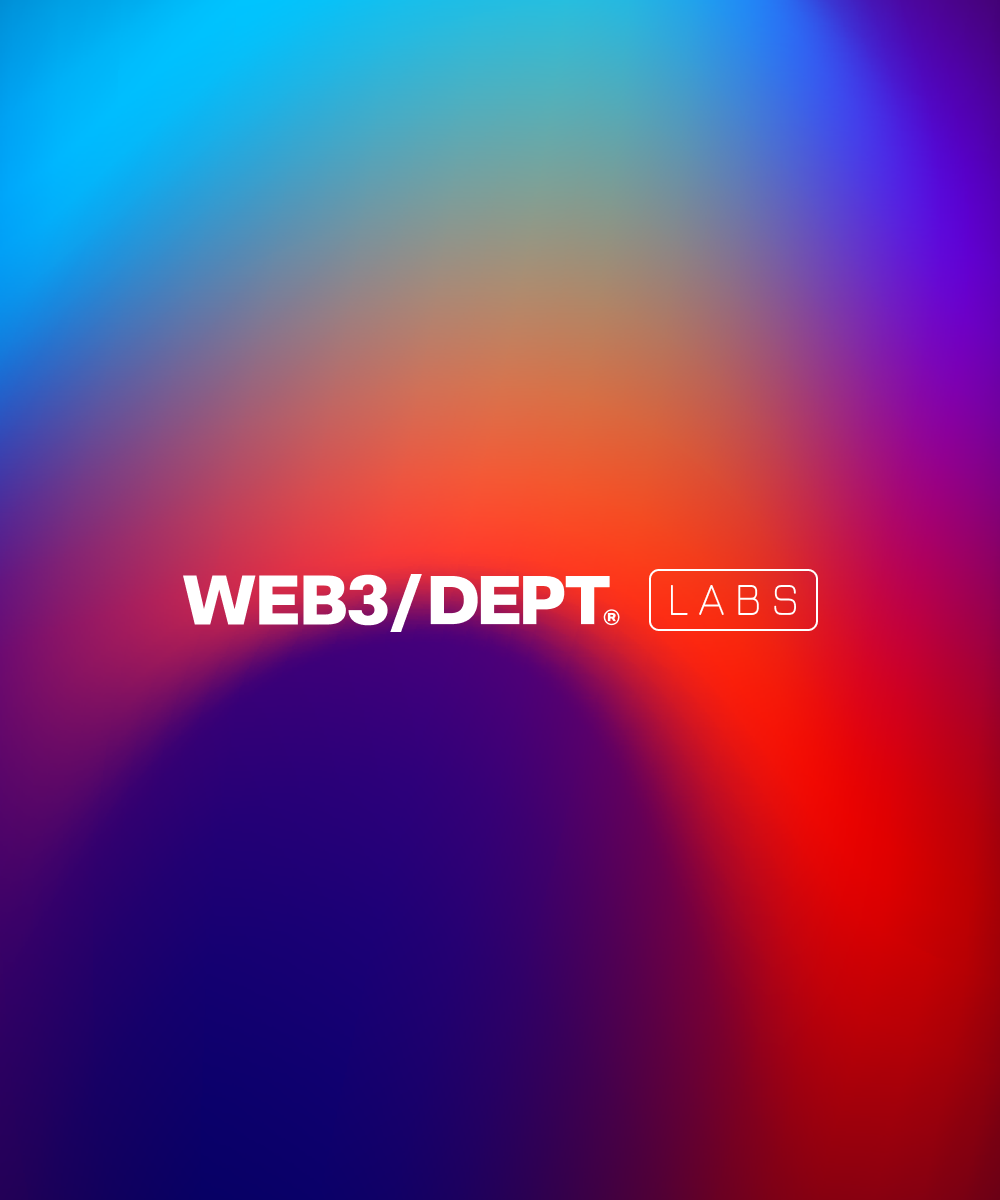
Our platform, WEB3/DEPT® Labs, is a nine step course that will teach you and your team the building blocks of Web3.
Learn More
With the introduction of Beam, Merit Circle aspires to create a complete blockchain ecosystem. Beam offers several tools, applications, and integrations that allow players and gamers to do more.
Building such technical ecosystems requires expert knowledge of design, web3 development, and the industry. So, DEPT® assisted Merit Circle in its work on Beam.
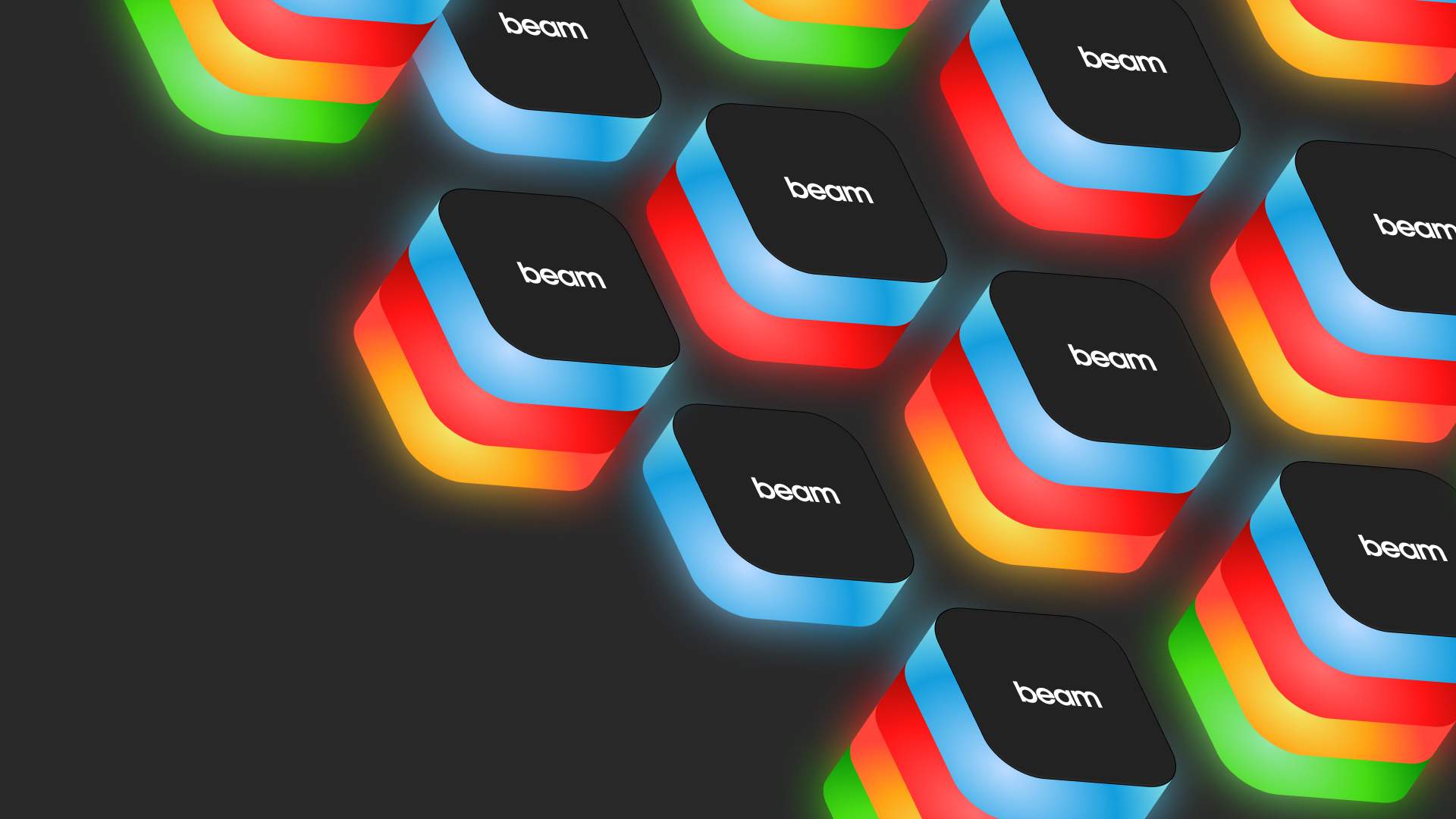
Current out-of-the-box solutions that developers utilize for their blockchain games are relatively easy to implement. However, they alienate many new users that don’t understand their way around wallets.
One of the challenges was to create a tool that makes the integration easy for developers without the cost of the user experience for the players.
This tool simplifies the integration of wallet features into games. With the Beam SDK, game developers can integrate mechanics like smart wallets, which enable players to earn NFTs and tokens. This allows users to have an experience that is as simple as using a regular account but is enabled with blockchain.
With this, new developers that are new to web3 gain easy access to an enhanced gaming landscape without added complexity. This is big because it erases technical hurdles, allowing developers to focus on gameplay innovation while players enjoy a more prosperous, modernized experience.
Web3-enabled games often utilize in-game assets, but to make these assets accessible and easily tradeable, you need a marketplace.
However, marketplaces are time-consuming to build and require lots of maintenance. So, for the past year, we have been actively designing and developing Sphere, an NFT gaming marketplace. Instead of being product-focused, it offers an immersive experience to explore the games and gives creators the tools to curate their collections.
We made sure Sphere connects and integrates with games, allowing in-game assets to be accessible for trading or selling, opening up a new way of generating revenue.
This can transform the very essence of specific games. With the capability to convert in-game items to NFTs, the narrative and mechanics of games can evolve. In-game achievements can gain real-world value, developing deeper player engagement and competitiveness.
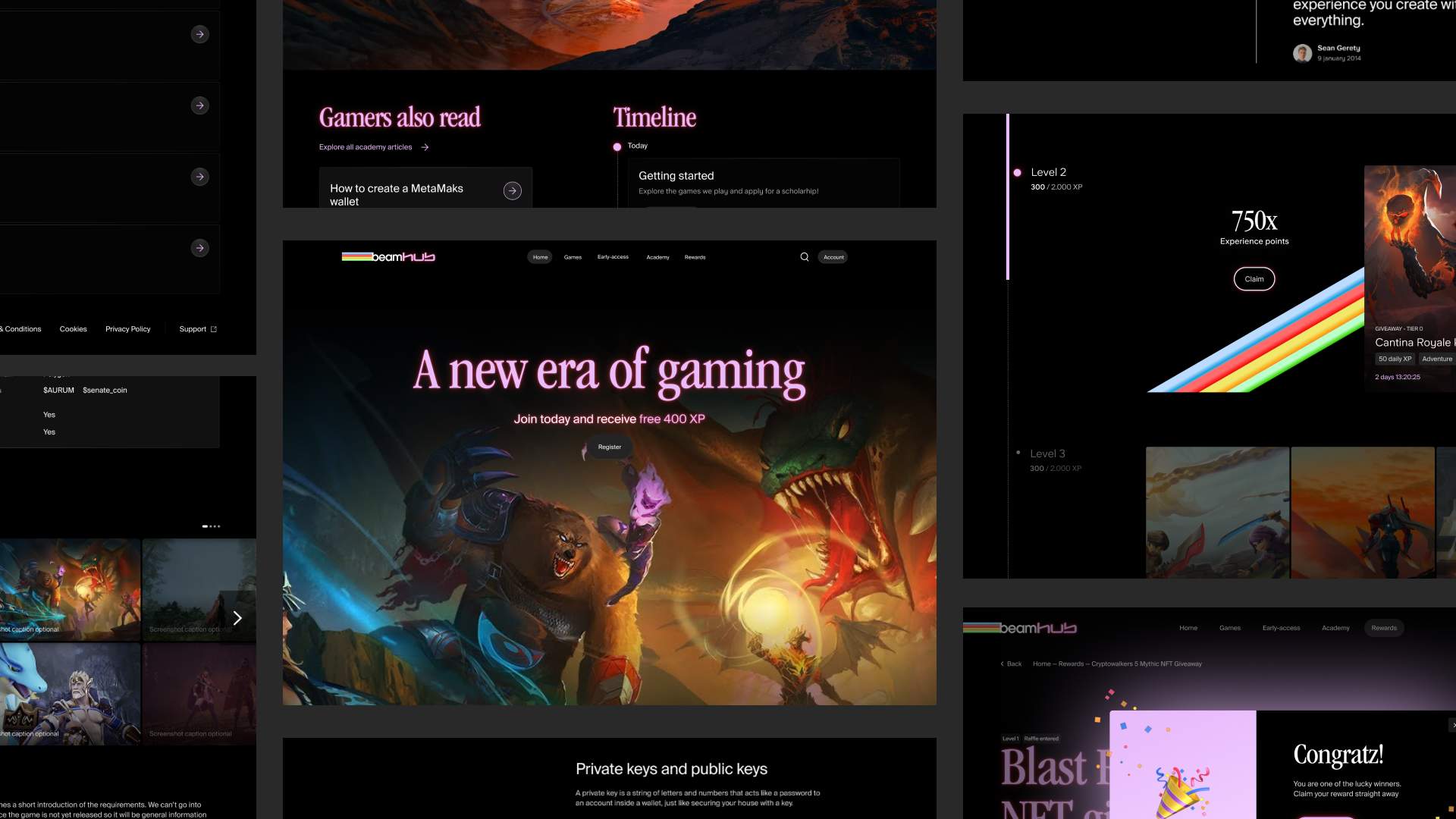
In the web3 gaming landscape, it’s hard to find your way. There isn’t a single Steam-like application that brings you the world of web3 gaming. Instead, users have to go looking for them. There was a huge need to create a library of available games.
Which is exactly what the Beam Hub is. It’s a platform that will curate games on the Beam ecosystem into a single, community-driven Hub. Users can get early access, exclusive rewards, and connect with other gamers within the community.

The API for the Beam SDK is a huge step in improving the user experience for players. We took it a step further by helping develop a companion app. This will make it easy to manage owned digital assets spread across the library of games on Beam.
Gamers can install the app on both iOS and Android devices. They can add friends within the app, transfer assets to them, and assets to non-custodial wallets. The app will also be integrated with Beam Accounts to enable the smart wallet functionality from the Beam SDK.
To connect the companion app and a game, game developers utilize the Beam API. They generate a QR code containing the necessary information for creating this connection, and then users can scan it. Once the connection is made, the game will appear in their overview, where users can view and manage their assets. Game developers also have the option to create deeplinks into the app, which is particularly useful for mobile games, as it allows seamless integration on the same device where the game is being played.
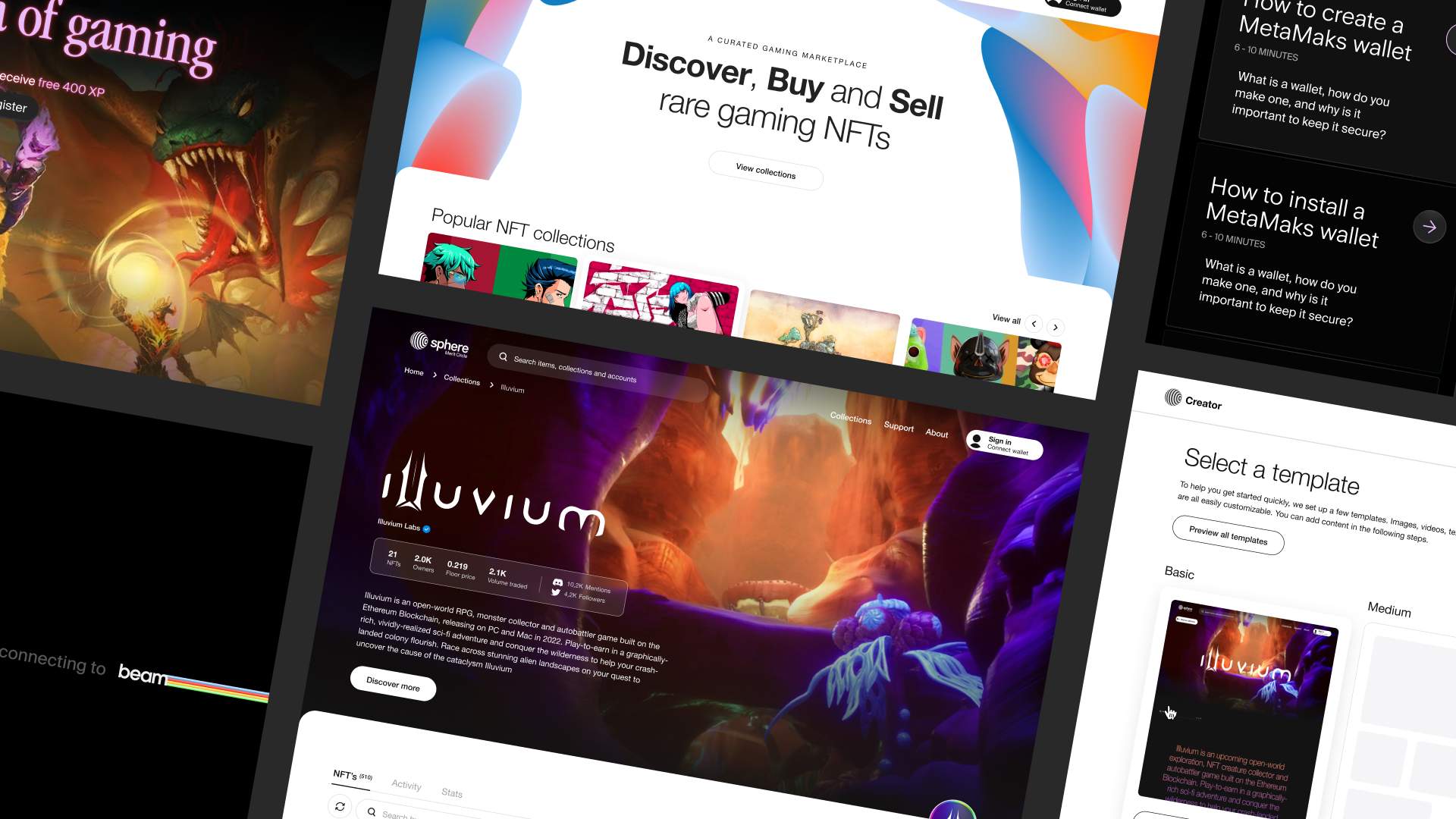
Beam’s recent launch will position Merit Circle as one of the leading forces driving blockchain-enabled games.
The hope is to empower developers to build innovative games, paving the way for a healthy ecosystem of games and projects. With a handful of games available on the platform, we will continue to see its growth!
Business Development Manager, web3
The recent market downturn and bankruptcies have not dampened the potential of digital assets and the technologies that underpin them. These innovations have the power to transform business models across various sectors.
London Tech Week 2023 brought together industry experts to discuss this potential during a panel called “Probing Reality and Myth in the Metaverse & Web3 – What does it mean for you?”
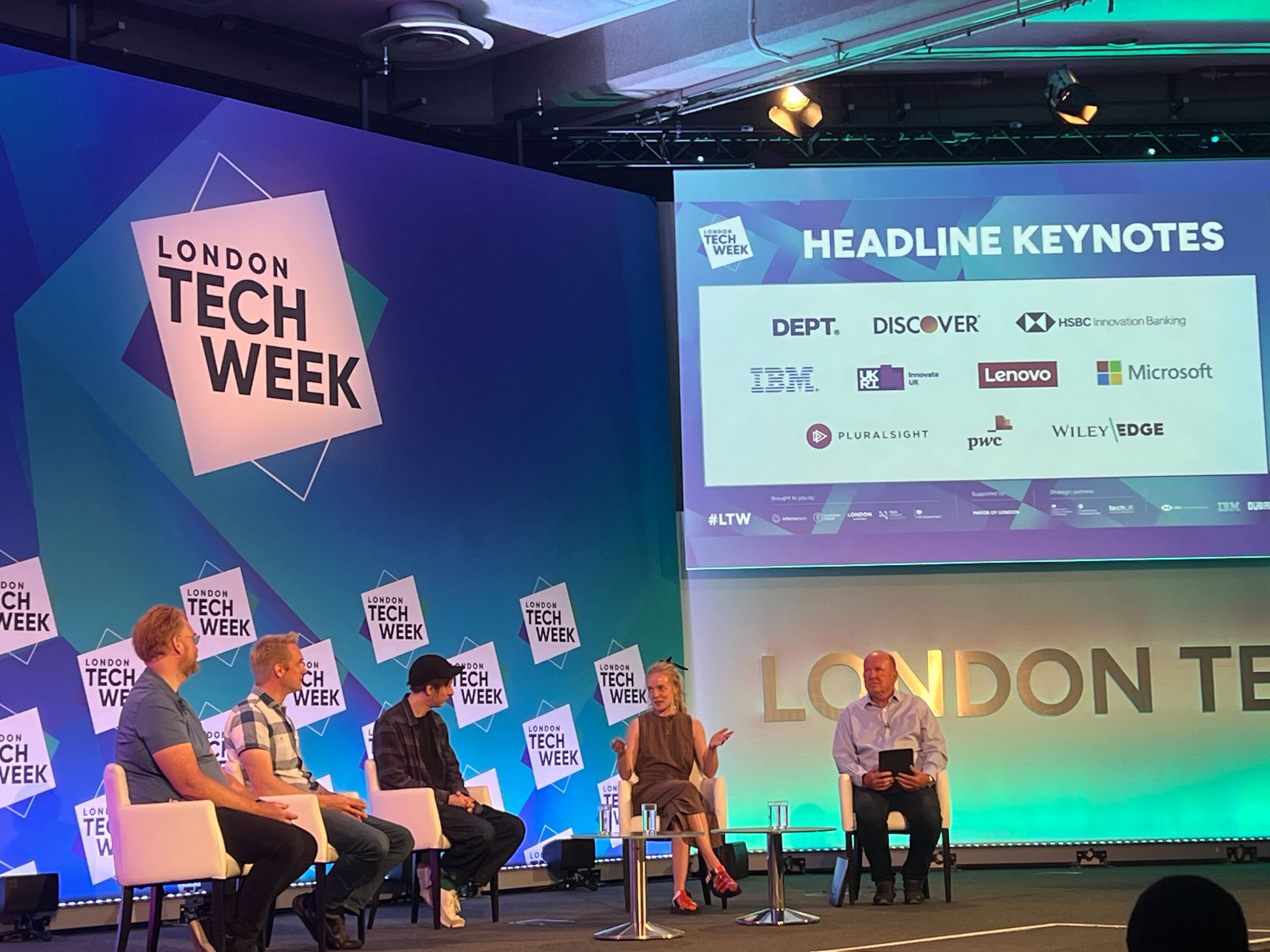
The best way of understanding online universes and why everyone’s talking about their vast potential is by taking a closer look at video games.
Although the gaming industry has been dismissed as simply a source of entertainment, primarily for teenage boys, its impact demonstrates the powerful impact games have had on culture and the way people socialize.
With more than 3 billion active gamers worldwide—over a third of the global population—the gaming industry is far bigger than many people realise. Sir Ian Livingstone, a longtime veteran of the gaming world, estimates that the industry is worth €250 billion and has contributed $7 billion to UK PLC.
Today, the popularity of video games comes from the quality of the experience they provide and the ability for gamers to share that experience with other players.
“It’s amazing what experiences people can have in a space where your physical strength doesn’t matter,” said Kristian Segerstrale, CEO of Super Evil Megacorp, “Where your abilities or disabilities don’t matter, where your location doesn’t matter. You can have incredible experiences between connected people in a way that the physical environment doesn’t allow.”
According to Segerstrale, the concept of the metaverse is the result of three trends within the gaming industry and tech as a whole.
The idea of the metaverse, then, is an immersive online experience enhanced by AR & VR that will take online communities—which are already extremely popular—to the next level.
Among younger generations, gaming is already an overwhelmingly popular way of having fun and socializing. Research indicates that 88% of Gen Z and 94% of Generation Alpha are gamers.
While the term “metaverse” may no longer be the best descriptor for next-level online experiences, the popularity of gaming with young people demonstrates that these experiences represent the future of brand connections and a valuable new revenue stream that’s evenly split between technology and marketing.
“You’re actually going to be driving loyalty by creating engaging experiences that people want to return to,” said Isabel Perry, VP of Emerging Tech at DEPT®.
“And, critically, with the social validation of people like you, which is a really interesting challenge for brands to pursue.”
In some ways, the metaverse is still taking shape.
Popularized VR headsets for the general public and blockchain technology are two examples of how certain components of the metaverse are still in the midst of their development.
Moreover, there’s also the talk of impending regulation. However, even regulations will likely take time to develop as different entities from different countries around the world work to understand the implications of the metaverse.
“It’s like herding cats,” said Mundi Vondi, CEO of Klang Games, “I mean…they’ll take some time.”
However, it’s also important to remember that in many ways, the metaverse is already here.
Within the gaming industry, the concept of interconnected, immersive digital experiences is far from new. And, as previously stated, the gaming industry is extraordinarily popular.
Already, in-game experiences have led to the rise of completely digital concerts, festivals, and community events that are more popular than many in-person equivalents.
“The game industry has come in such a short time, globally, but also here in the UK,” as Kristian Segerstrale reminded us all.
“It really employs more and more people. It has incredible potential between the the UK promise of technology, at its heart is an incredible track record in both areas. I think there’s huge growth potential for the industry, especially as we explore the metaverse in an innovative way.”
VP of Emerging Tech
With a global team of over 300 specialists including solidity engineers, ethicists, economists and game designers, we have been building for Web3 and the Metaverse since 2015. Our pioneering work is fuelled by patented and proprietary technology.
For the first time in the 170-year history of the World Expo, its sense of global community through pavilions, dialogues, celebrations, and above all, inspiration and hope for the future, are accessible from anywhere in the world, redefining what it means to visit and empowering what it means to experience.
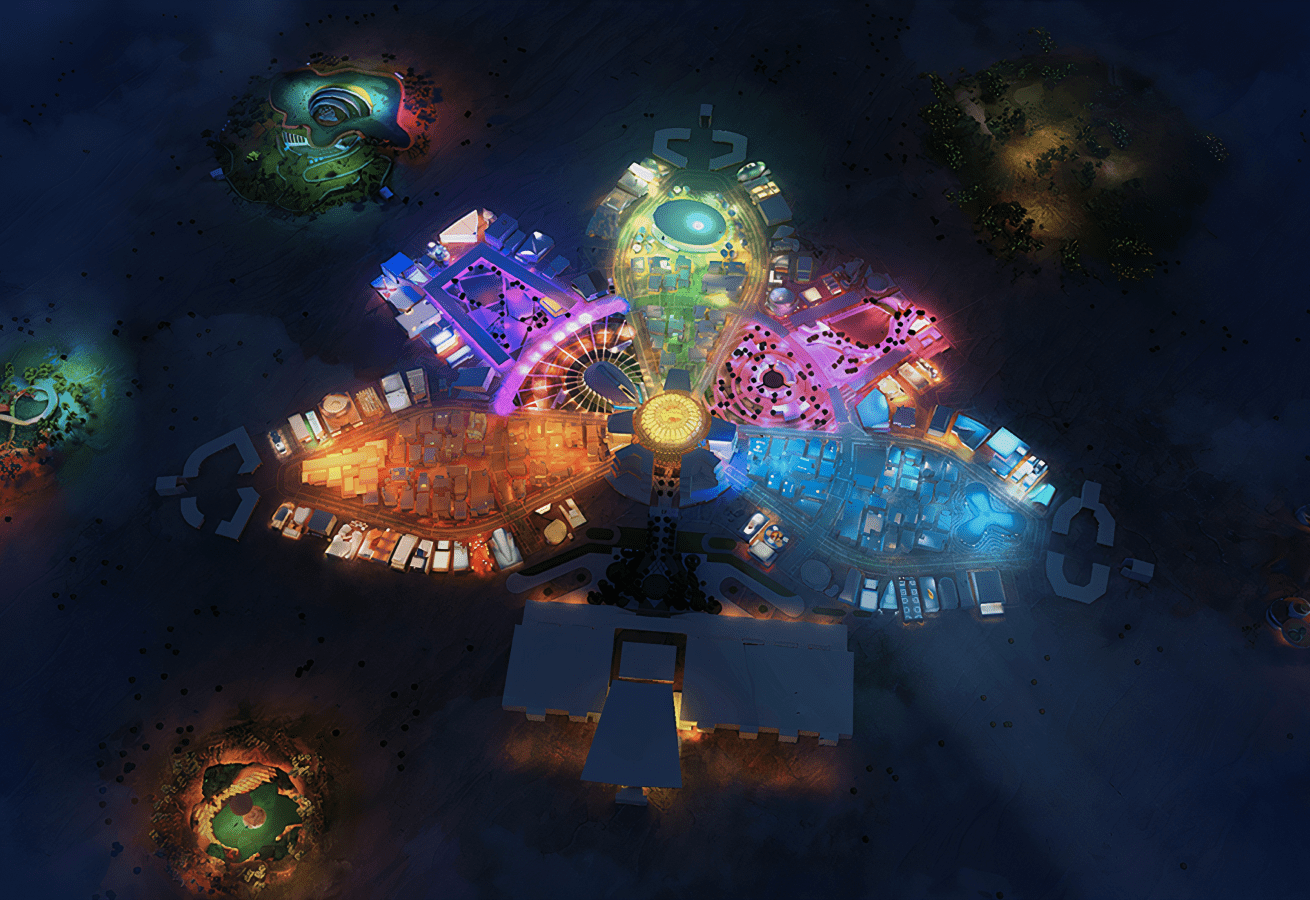
Online Visitors
Custom-made 3D pavilions.
Visitors for the most watched event.
Events
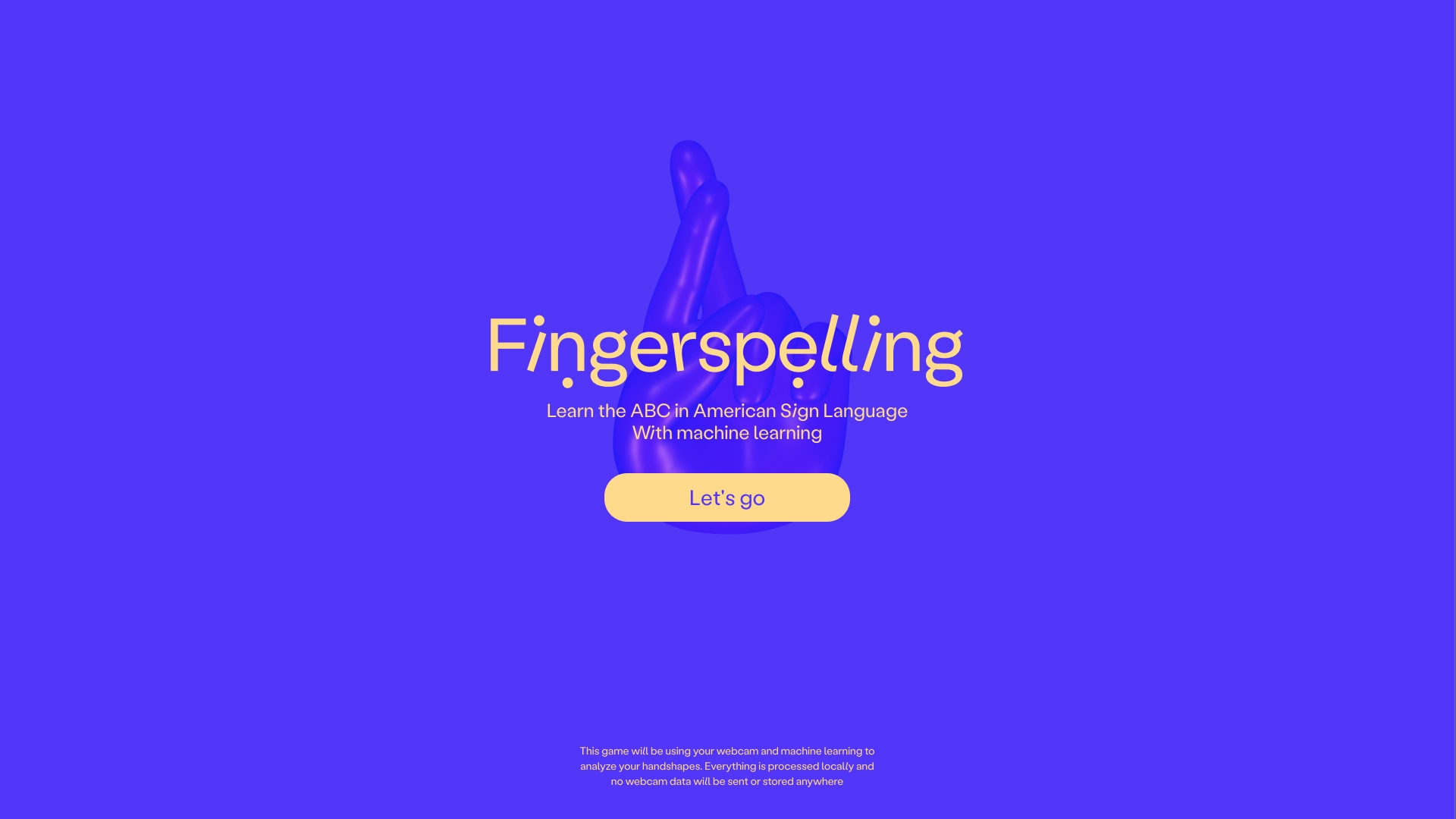

2022
Engineering
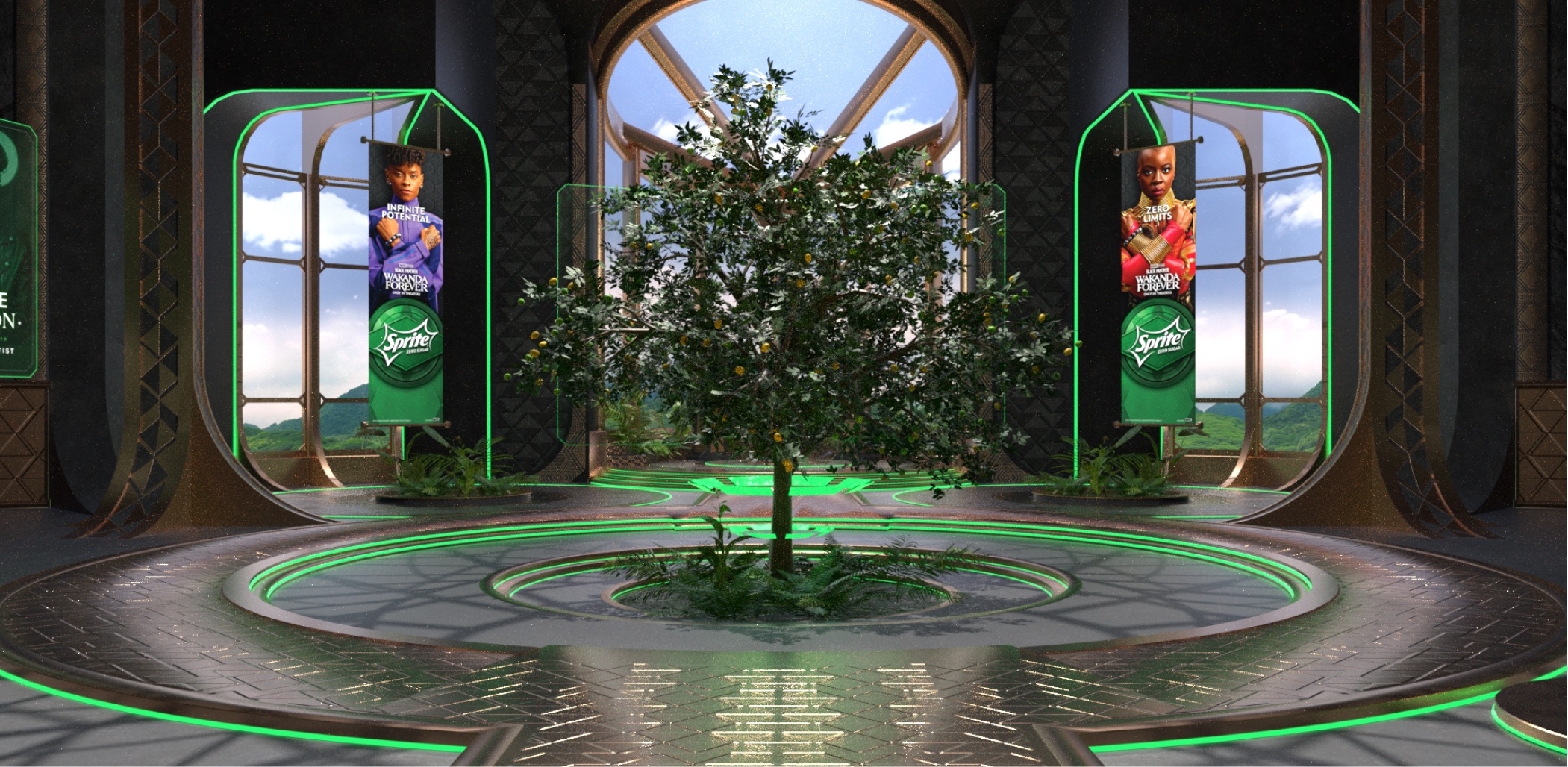

Metaverse
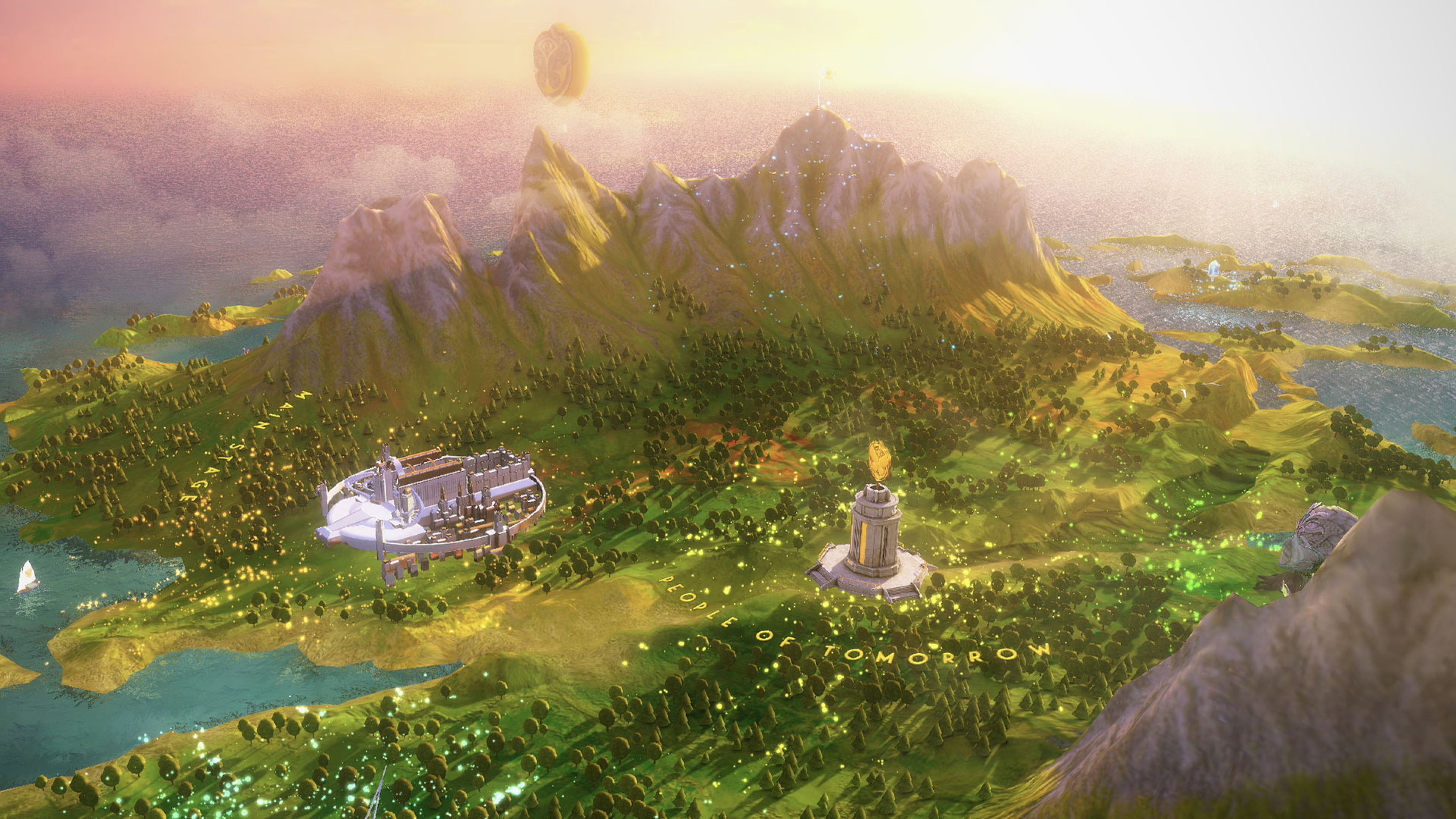

2020
Metaverse
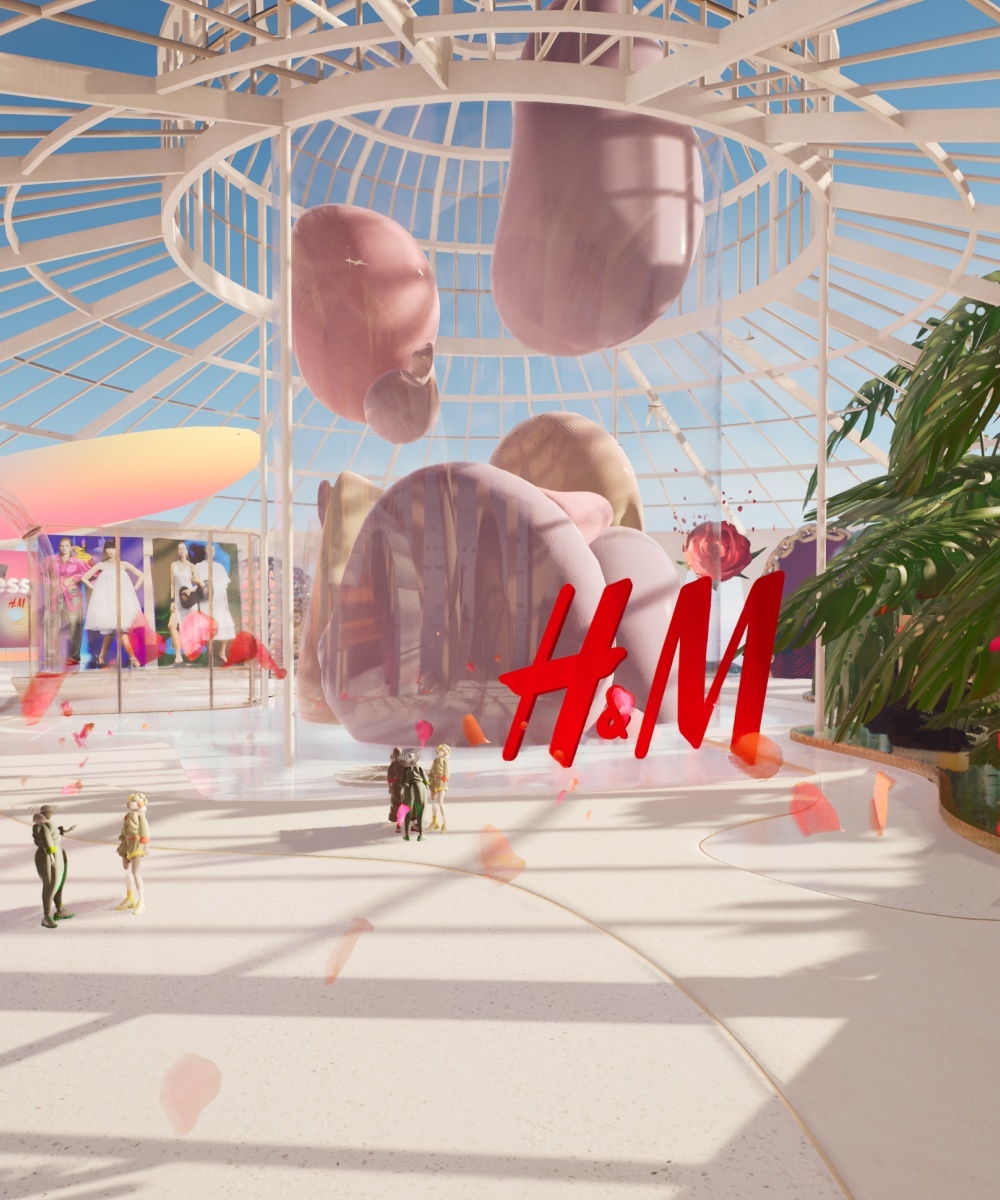

2022
Engineering
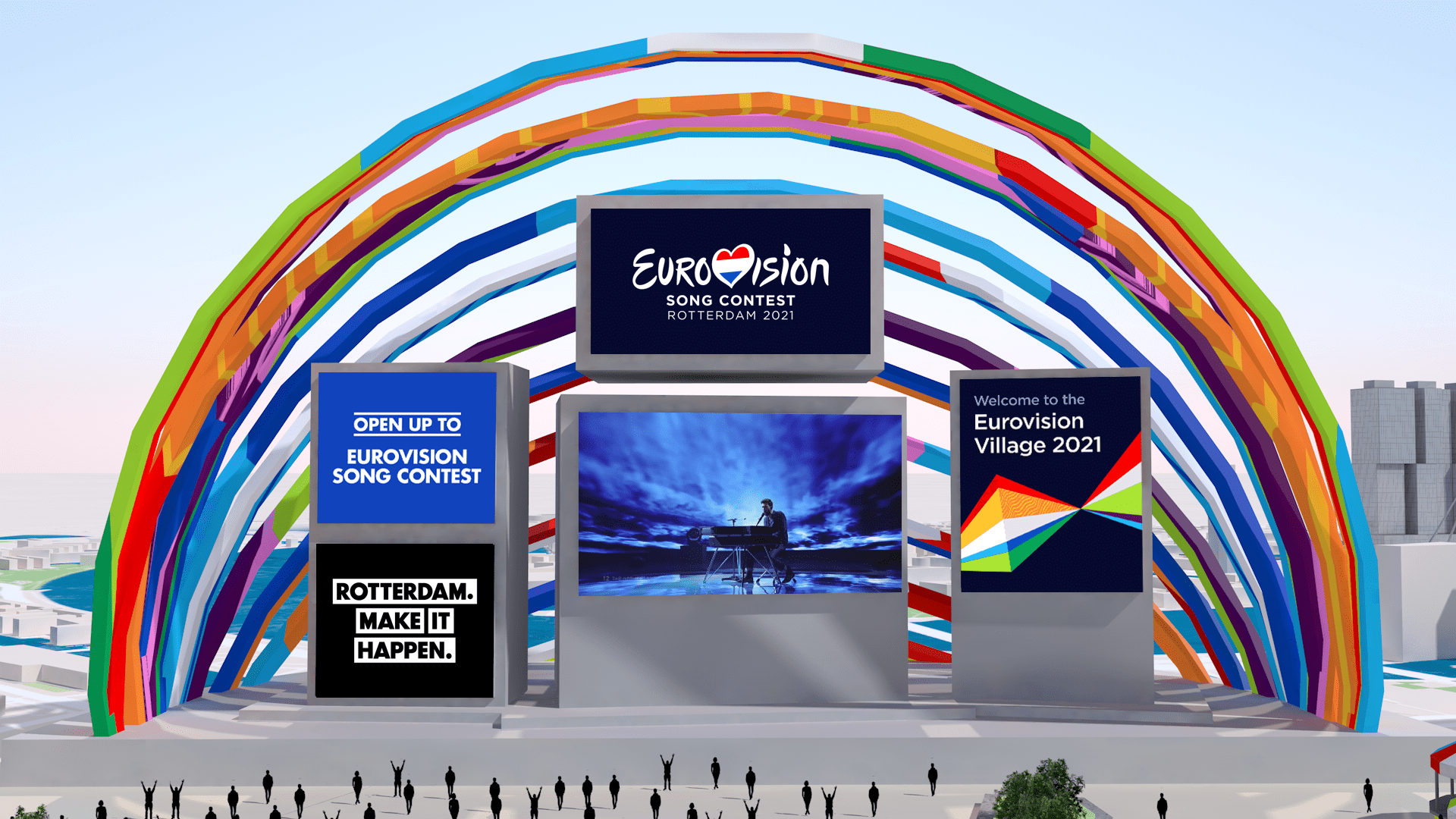

2022
Experience


2021
Experience


2021
Engineering
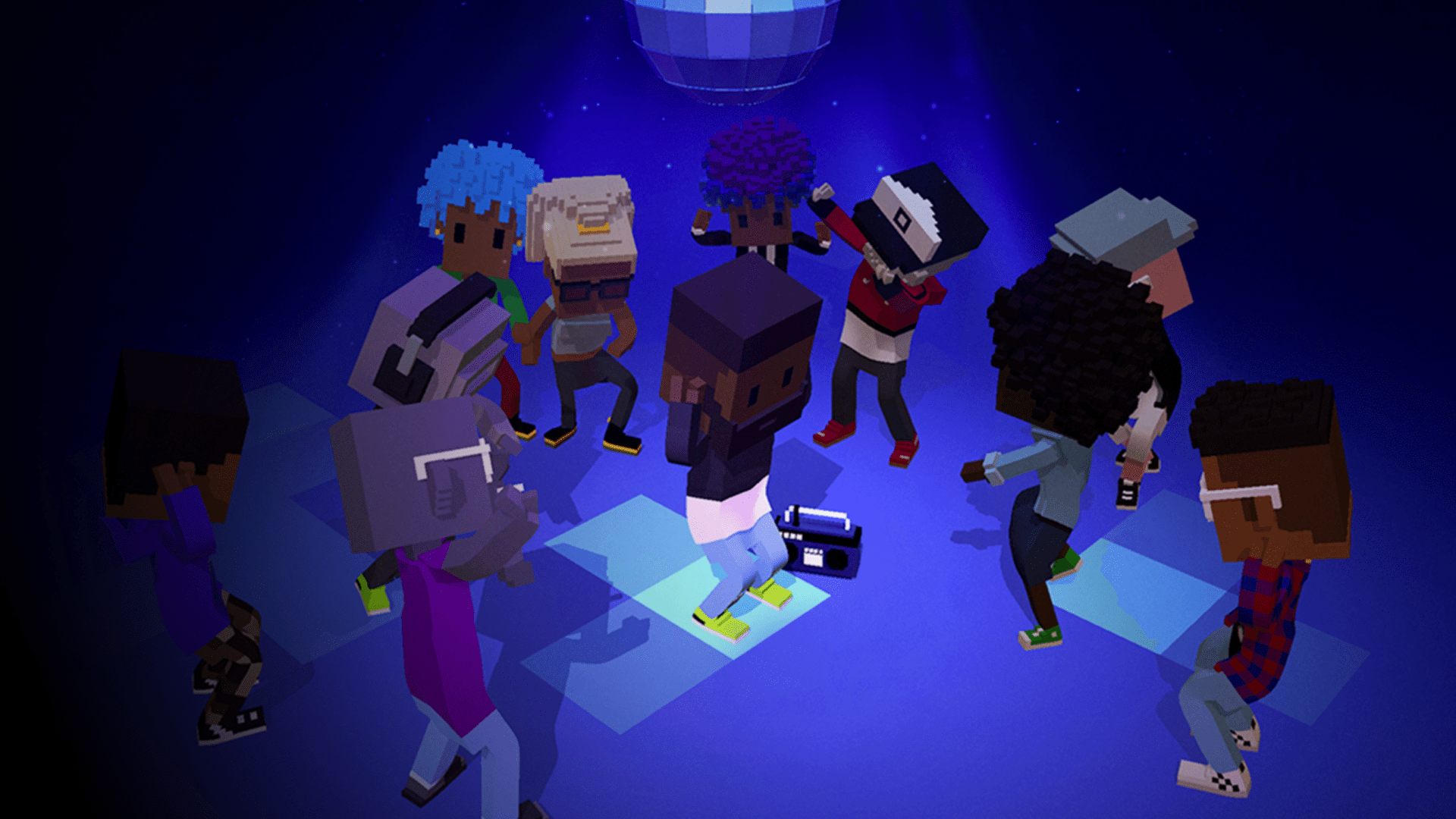

NFT
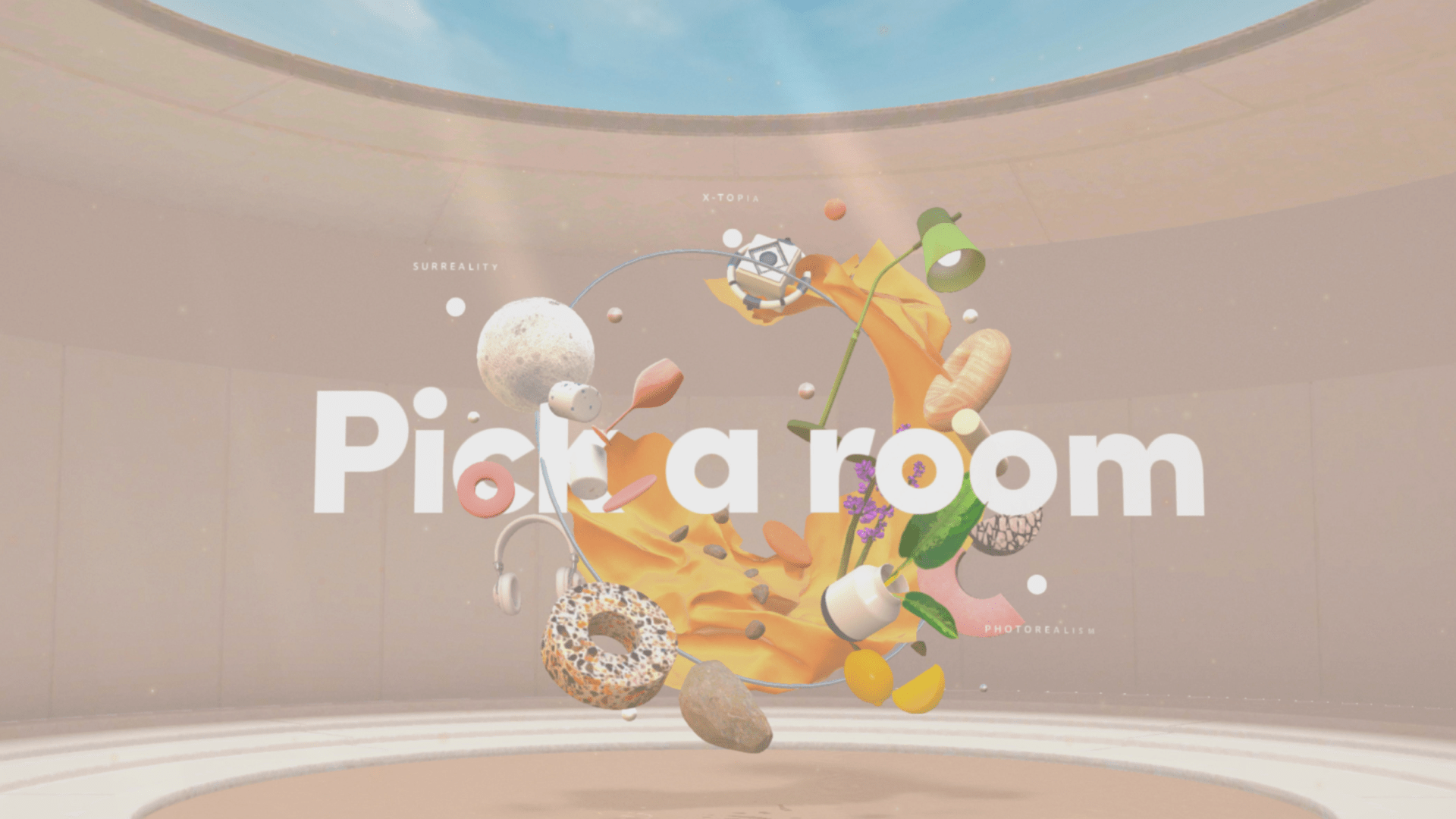

Creative




































We understand these are unchartered territories. We partner with our clients to learn what works and what doesn’t. Reach out, we’d love to connect, consult, and share our insights and expertise regarding your questions about your future with Web3.
At the OMR Festival 2023 in Hamburg, we held the masterclass Virtual Showrooms, Metaverse, Roblox & Co. – How Brands Use New Web3 Technologies to Connect with Gen Z & Alpha. We took a look at best practices as well as the opportunities, challenges and first use cases of the two brands essence (cosnova GmbH) and H&M. We showed our audience how to start sustainable Web3 projects as a brand or retailer and how to build long-term relationships with young target groups.
Couldn’t attend the masterclass? No problem! We have summarized the most important takeaways for you below.
The development of Web3 compares to the emergence of the internet in the 90s. Websites were initially perceived as superfluous because the focus was on TV and print. The same was true for e-commerce in the 2000s, as it was firmly believed that consumers did not need online shops because in-store shopping was preferred. We saw it yet again with mobile apps in the 2010s, as customers preferred to shop for products on their desktop. But now in 2023 we know how important all these new channels and developments have become for today.
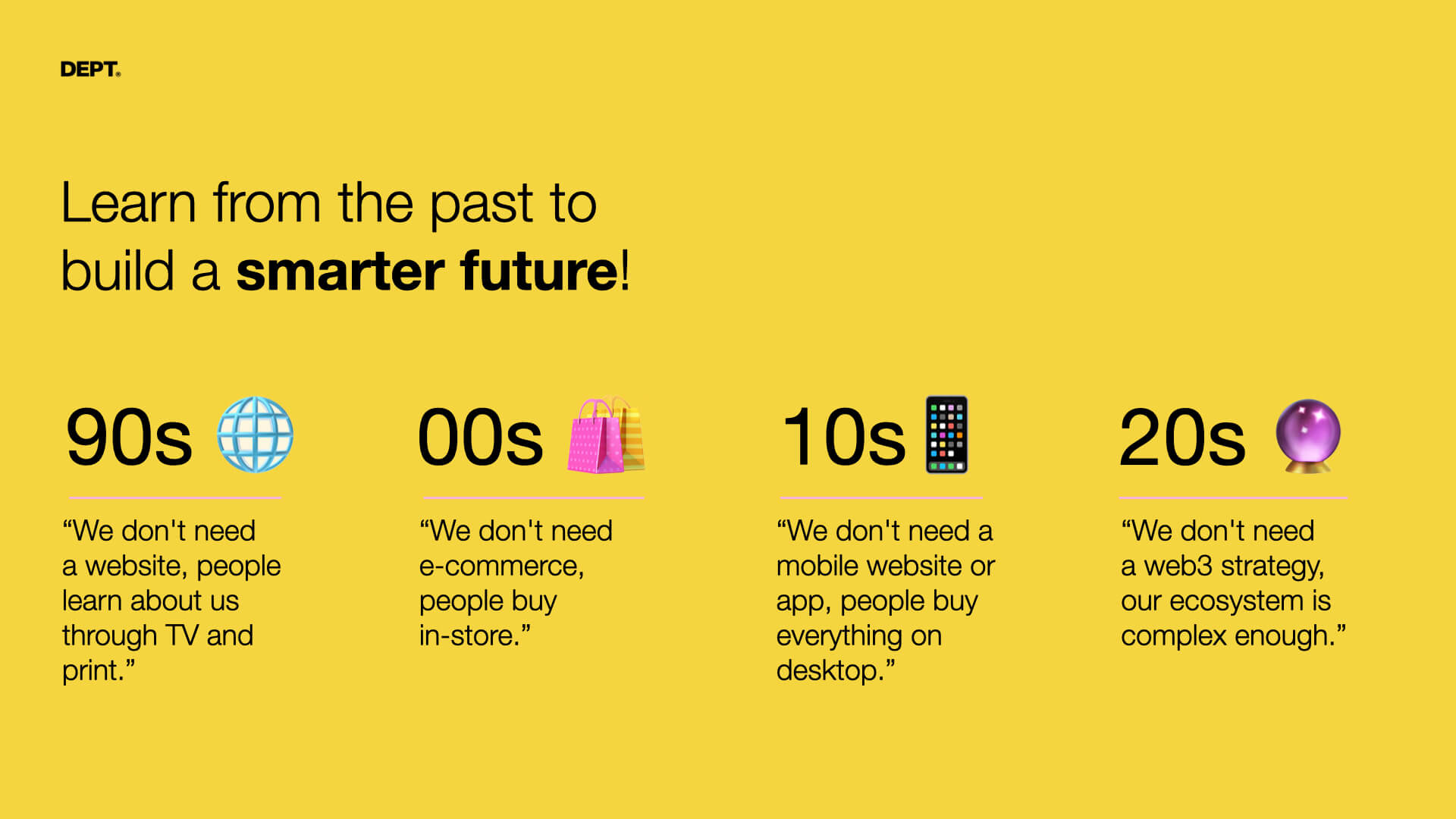
This development story repeats itself once more with regard to Web3, AI and gaming. Those who resist today because they are convinced that these are only short-lived trends will likely be surpassed by their more savvy competition tomorrow.
Now is the time for companies to come to grips with Web3, AI and gaming, before it explodes. Many brands are already dealing with this and already in the starting blocks to launch their Web3 experiences, if they haven’t done so already.
Gen Z and Alpha already spend 25% of their free time gaming and in virtual worlds. This is more time than that spent with any other type of entertainment, like Netflix or social media (!). That’s why these types of platforms offer the perfect touchpoint to reach the young target group and build or strengthen a relationship with them.
The combination of emerging technologies with a new generation of consumers with new needs and different media consumption behavior, is leading to a paradigm shift. Most notable? The shift from flat to immersive and from social to gaming and meta.
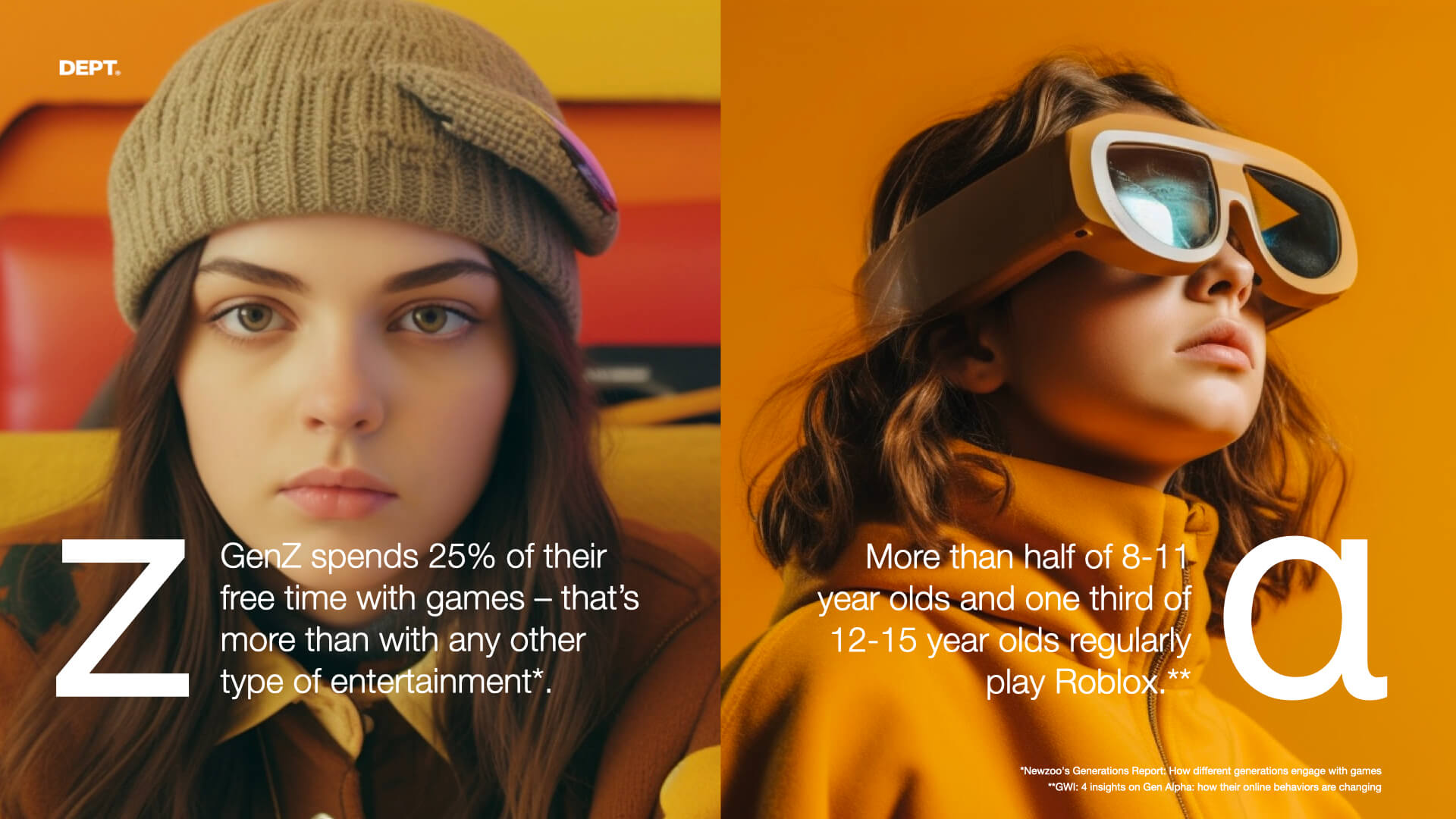
Roblox currently has an average of 67.3 million daily active users, which is just one more reason to evaluate and implement Roblox as a possible touchpoint. Stay tuned for more information on how essence will use Roblox coming soon!
The virtual showroom that DEPT® and Journee developed for H&M launched the fashion brand’s Web3 Innovation journey. It has increased visibility and relevance for Web3 across the entire company. Feedback from Gen Z on the showroom was 85% positive and 69% said the showroom had sparked their interest in a virtual H&M brand experience. H&M subsequently enhanced the Showroom for a concert by a popular band in the Philippines and the Average Time Spent was 12.5 minutes (!). In addition, the survey of users showed that there is major interest in Phygital Items with an NPS of around 98%.
On the whole, we are seeing a shift in consumer behavior altogether: Gen Z & Alpha spend significantly more time in virtual worlds than previous generations. For brands, this means that it is now high time to invest in Web3, AI and gaming to avoid being overtaken by the competition.
Want to learn how to plan or take your Web3 strategy to the next level to build long-term relationships with young audiences? Let’s talk!
Director Web3 & Partner
H&Mbeyond is the innovation hub of the well-known Swedish fashion company H&M Group. Together with startups and innovators, its team drives forward future-oriented projects. H&Mbeyond approached us to create the first-of-its-kind, Metaverse project for the H&M brand: the Virtual Showroom.
In keeping with the current zeitgeist, H&Mbeyond approached us with the idea of expanding H&M’s physical showrooms with a digital showroom. Based on the former, it should reflect the brand’s identity and values, just virtually instead of physically. A space without opening hours, where a wide variety of target audiences such as influencers and stylists, customers, employees, and the press can meet and learn more about H&M and its collections. The Virtual Showroom was to serve as a central point for meaningful exchanges in an immersive environment. Targeted tours by the H&M showroom team were intended to inform the audience about current trends and topics such as sustainability and new, innovative materials.
The number of visitors, countries of origin and the average time spent in the individual areas (which can be helpful for future brand activations), were defined as KPIs for this new showroom. KPIs including click rates of downloadable materials and qualitative feedback from showroom guests and media stakeholders are to follow soon.
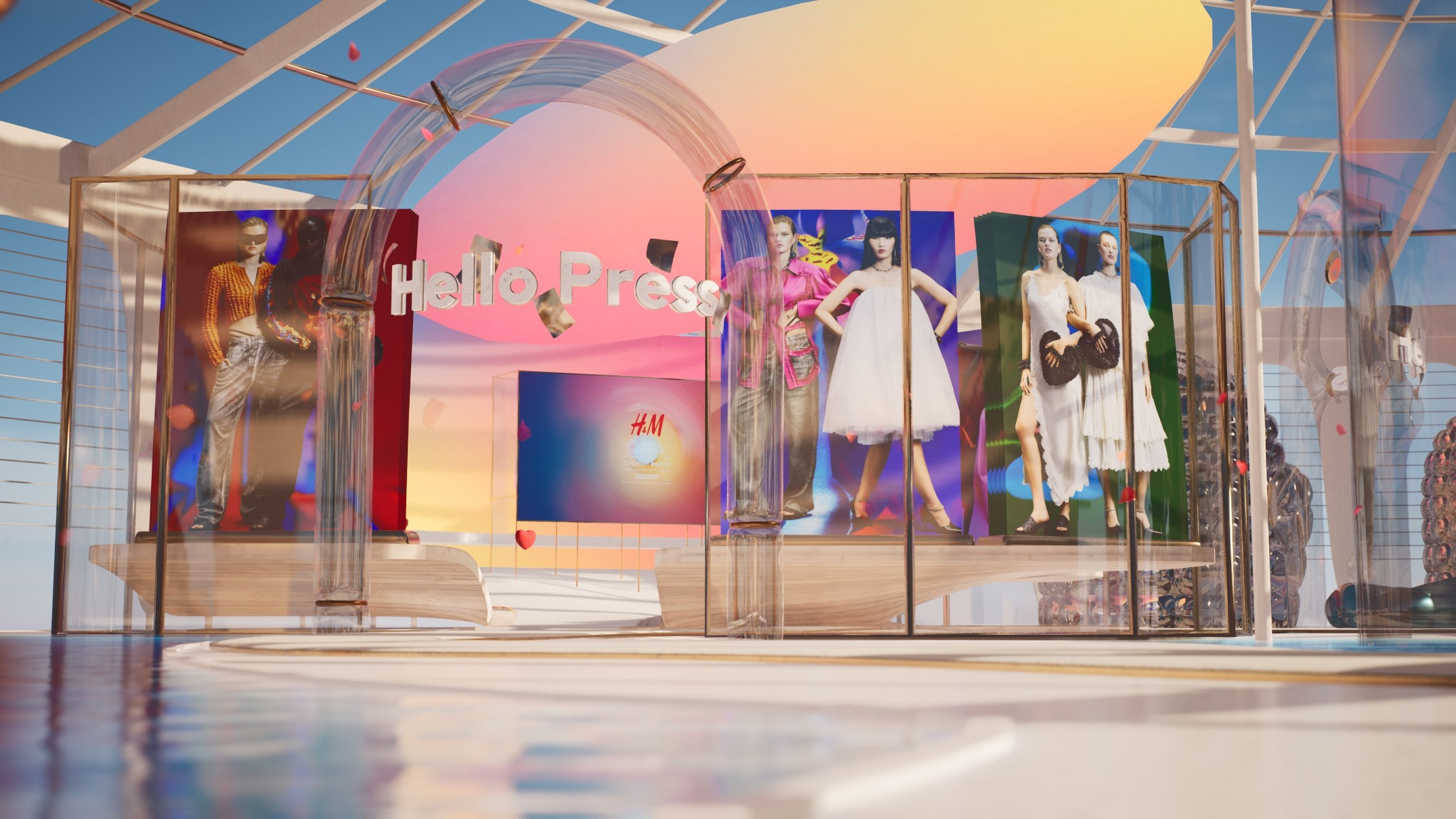
How can we experience clothing when we can’t touch it or wear it? What added value does a digital experience offer visitors and customers? Together with our partner Journee – The Metaverse Company™, we explored solutions to these questions to develop a virtual, custom-fit world for H&M. In the H&M Virtual Showroom, content on H&M’s innovation topics and sustainability efforts are presented, alongside ‘information zones’, designed especially for the press or users interested in a conversation.
The look of the showroom is based on the DNA of the H&M brand, with appropriately designed areas for the most important topics such as the ‘Sustainability Garden’ (where information on the innovative material ‘AirCarbon’ is shared), or the H&M Home influencers meeting area.
The ‘Campaign Room’, accessible through a portal, is where the new H&M Innovation Stories campaign ‘Cherish Waste’ is interpreted in a fascinating new way. Here, Creative Director Ann-Sofie Johansson and Concept Designer Ella Soccorsi give insights into the design process of the collection and the campaign, as well as the materials used in the clothing. The highlight of this room are the six main pieces of the collection which dominate the room as detailed, oversized 3D graphics. The flowing movement and vivid colours of the graphics really bring the pieces to life. Special Collections, in particular, lend themselves to the creation of such individual spaces, with a wide variety of brand activation options and providing unique, added-value for the visitors and the H&M showroom team.
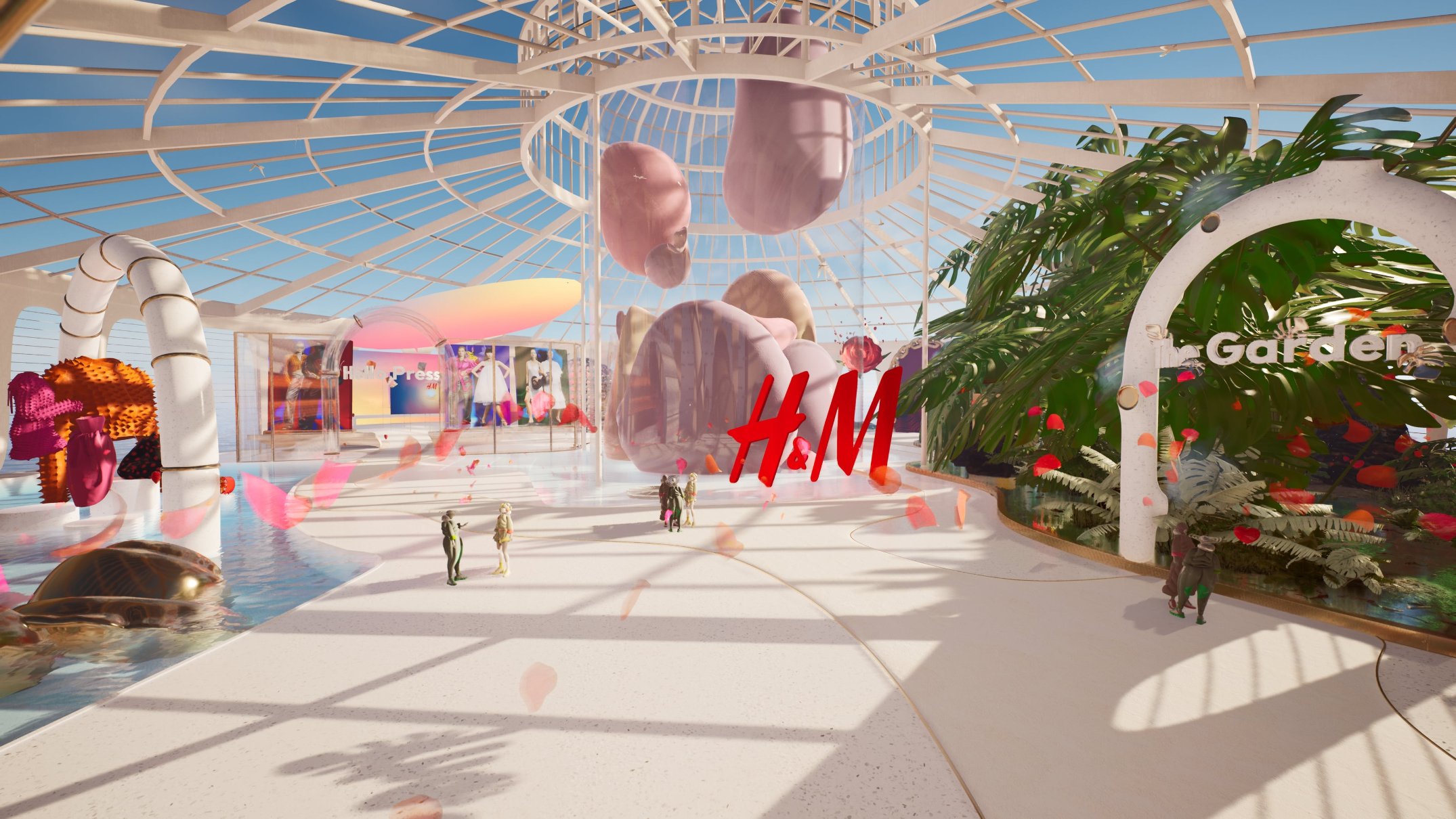
We developed all of the components mentioned above together with Journee and in close cooperation with H&M. The vision of the showroom grew piece by piece; our strategists developed the concept, and the designers brainstormed, scribbled and designed creative mood boards based on the creative direction of the campaign and the H&M brand DNA.
With the help of H&M’s user insights, we designed the user flows for the influencers, stylists and journalists at an early stage, which provided the necessary guidance during the creative process. With the design ideas sharpened, we continued to optimise the concept and content until everything could be implemented (virtually) by Journee, using Unreal.
The first test tours in the Virtual Showroom, plus the positive feedback and ideas received from H&M stakeholders, helped us to round off the H&M Web3 experience. Paths were rerouted, trees moved, images swapped, and descriptions added.
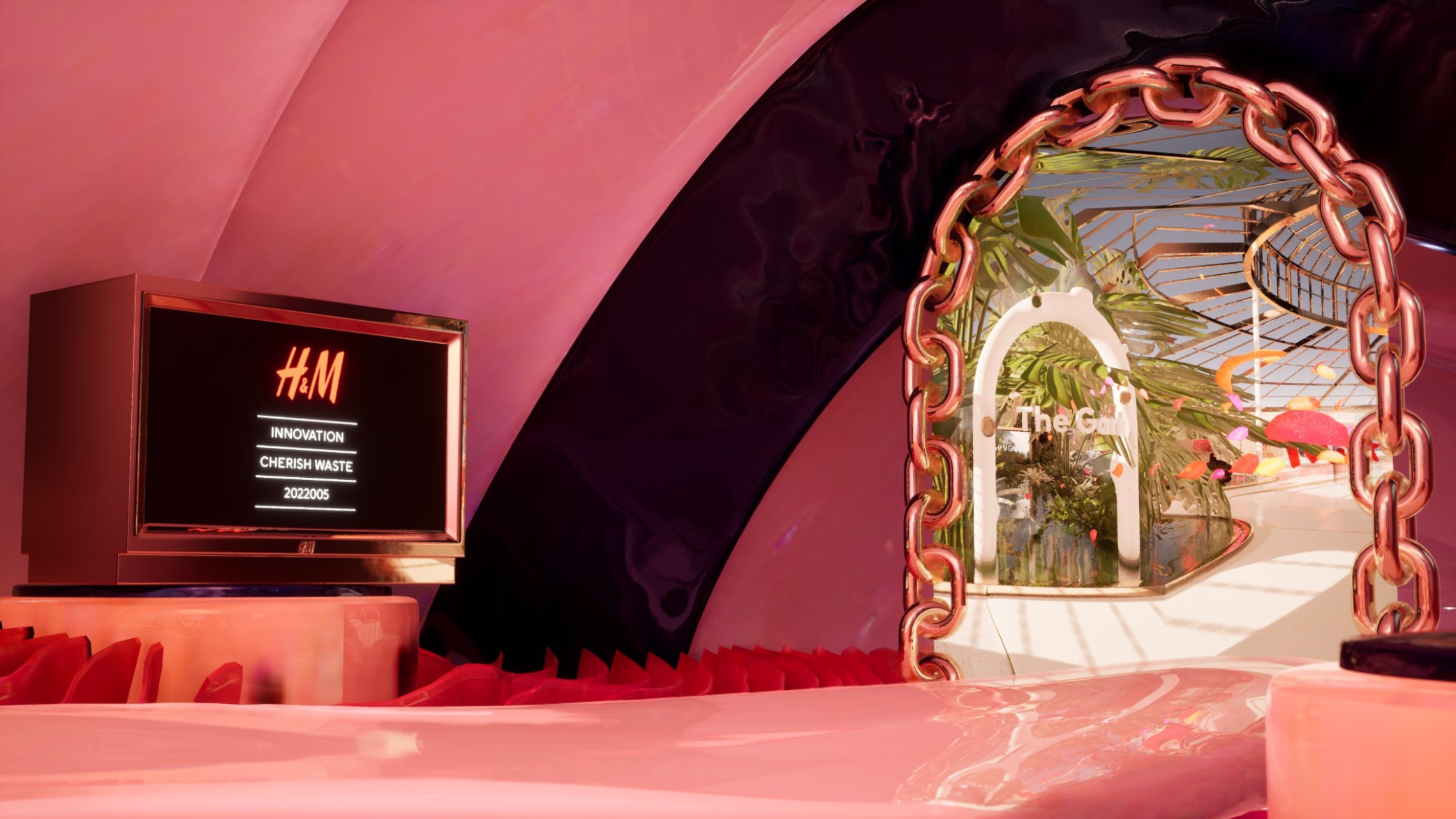
The three avatar designs represent an important message: the need for more diversity and inclusion in fashion. With the avatars, users can move freely in the Virtual Showroom, so we paid special attention to user guidance, orientation and the order in the rooms. Even inexperienced users can navigate through the showroom with the help of various aids and explanations, helping them to discover everything in a playful way. Thanks to the separate rooms and different areas in the H&M Virtual Showroom, users can explore and experience the brand and the respective collections, or they can quickly find what they are looking for by simply teleporting to their desired destination.

A survey carried out with Gen Z visitors to the Virtual Showroom has resulted in very positive feedback:
69% of the respondents said that the showroom had aroused their interest in a virtual H&M brand experience.
In addition, 80% of the respondents are already interested in participating in a virtual H&M brand experience as an H&M Hello member.
Finally, 85% of the visitors surveyed rated the virtual showroom experience as very positive.
“Previous digital press meetings were nothing compared to this experience. Amazing space and visual execution, i.e. 3D moving garments in campaign room.” GLAMOUR
“Congrats to the space. In love especially with the visuals.” VOGUE
“Super cool to experience such an entirely new and imaginary environment. Love the photo booth to share.” FASHION UNITED
“Within only 12 weeks, we created a first-of-its-kind metaverse experience with the team from DEPT® and JOURNEE, which not only triggered positive feedback from the target group and a remarkable press echo. The project is also the impetus for further innovation projects within the H&M Group. I am looking forward to further collaboration with the team and am excited to see how we will shape Web3 together in the future.”
– Oliver Lange, Head of H&Mbeyond.
By working in true collaboration throughout an iterative process, the requirements of H&Mbeyond.’s innovation approach were optimally understood and implemented. In the future, the Virtual Showroom is expected to host events such as launches, meetings, and concerts for larger audiences, all in addition to the presentation of new collections.
“H&M’s Virtual Showroom is designed as a space for brand activations such as fashion campaigns. These are brought to life in a whole new and exciting way, combining innovation, digitalisation and sustainability. It makes me very proud to see how much energy, heart and soul our colleagues across countries and departments have put into this project. We are looking forward to exploring the potential in the countries of the Central Europe region and beyond.” Thorsten Mindermann, Regional Manager, H&M Central Europe.
After the great success of the virtual showroom and the positive feedback from the target groups, H&Mbeyond also wanted to offer an immersive experience to the end consumers. After extensive pitch and evaluation phases with a focus on Gen Z, the idea for the first virtual concert in the Metaverse was born. To build on the success of the Virtual Showroom with Love as quickly as possible, local and global marketing teams at H&M developed a concept in record time. In developing the immersive experience, the aspects of engagement and community were at the very top of the agenda. H&M finally managed to get the five-member ‘P-Pop’ boy band BGYO to perform the concert and realise it together with Journee and the existing technology. A new area was created in the existing showroom.
The result exceeded H&Mbeyond ‘s expectations. For example, the concert dominated social media channels and was covered by the TV station CNN Philippines. Communication about the virtual event eventually went viral. After the concert, some participants were surveyed. According to this survey, the interest in such immersive experiences is very high. In addition, the great demand for products in the form of physical and digital merchandise of the band motivated H&Mbeyond to think further in this direction.
At our DEPT® Commerce Day 2022, Oliver Lange from H&Mbeyond. and Jan Gutkuhn, Director Web3 at DEPT®, talked about the creation of the Virtual Showroom with Love.
Take a look behind the scenes and get exciting insights on the topic of The Road to metaverse commerce in the following video.
Director Marketing & Business Development
With an increase of 32% in seven years, there now are 3.09 billion active video gamers worldwide. Top that off with the growing influence that Web3 has on gaming and the possibilities are up for grabs. Merit Circle noticed these opportunities and wasted no time. DEPT® worked alongside Merit Circle to develop a Web3 gaming platform that boosts gamers’ experiences.
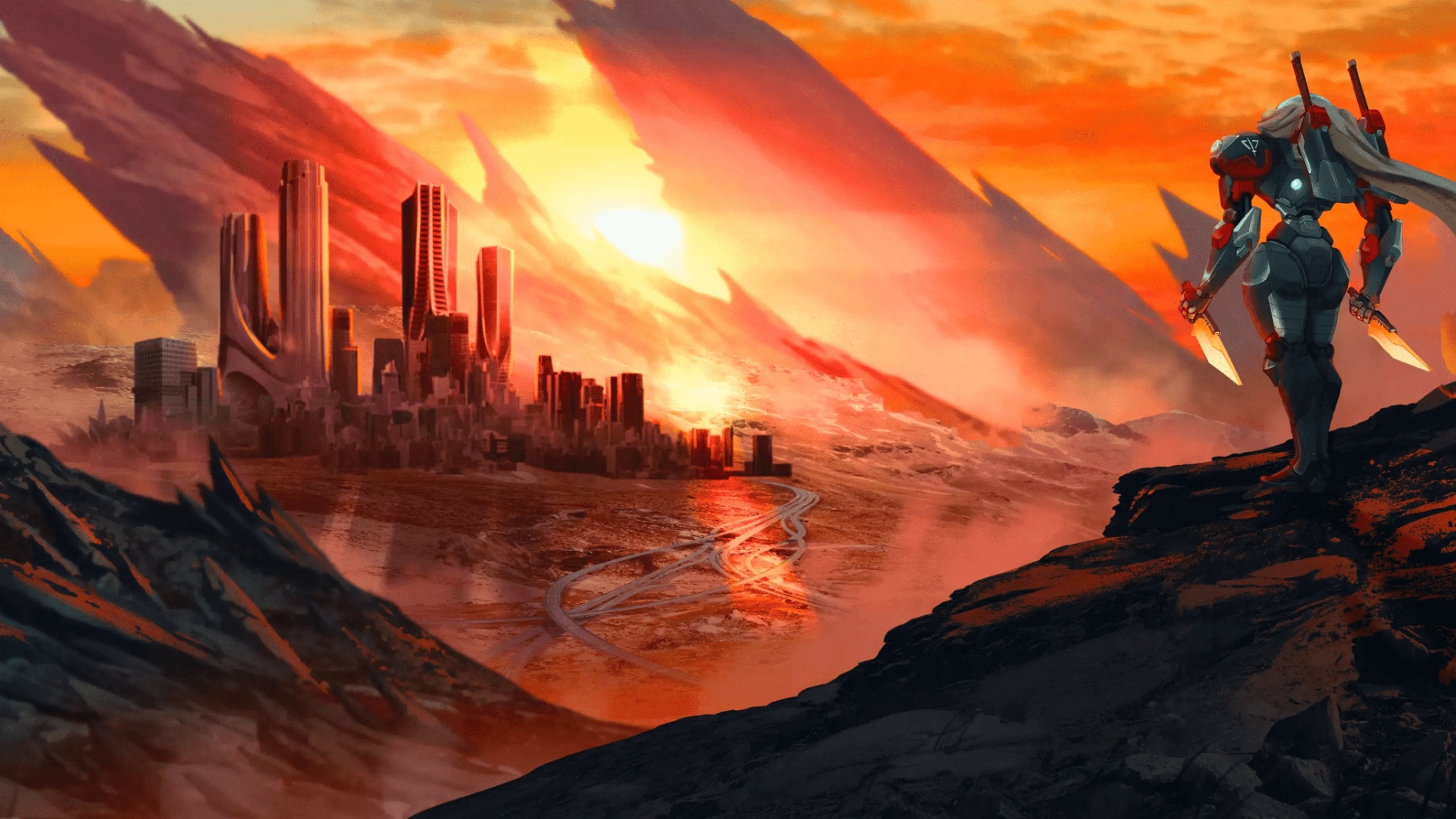
Web3 gaming is known but unexplored by most gamers worldwide. This comes as no surprise, because the current Web3 onboarding experiences have not been pleasant (to say the least).
Historically, there have been difficulties with wallets, trouble obtaining the right in-game tokens, and volatile pricing on NFTs. .That’s why the Merit Circle Web3 gaming platform developed by DEPT® features user-friendly onboarding to Web3 and its relatively unknown functionalities. With just-in-time learning, we guide the user through the platform, explaining new concepts on-the-go.
Altogether, the platform shifts the focus from a difficult and unpleasant familiarisation with Web3, to what it’s all about: gaming.
The ability to leave the physical realm for just a moment is what gamers crave. The visual-heavy design of the platform emphasises this feeling: it transports users inside a game while exploring. To help gamers decide what to play, we give them a sneak peek through pieces of insight and gameplay. Moreover, guides and community help improve each gamer’s performance. By listening to the gamers’ needs and leveraging Web3’s possibilities, Merit Circle and DEPT® created a platform that lives and breathes gaming.
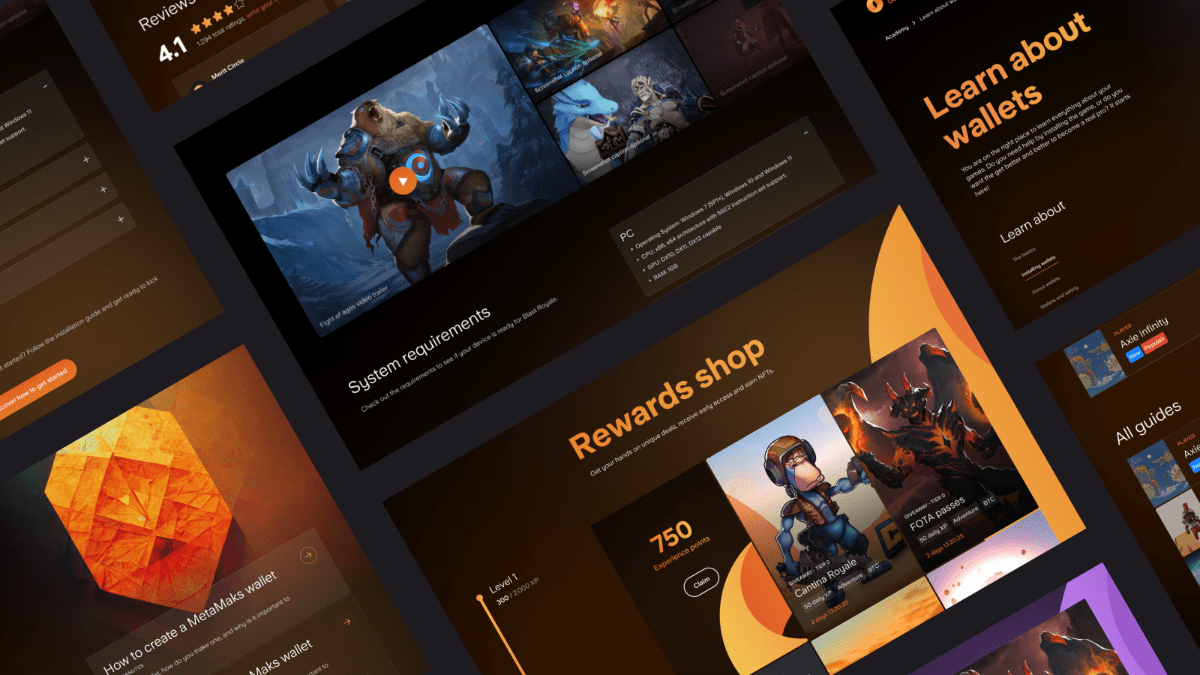
After attracting, activating and engaging gamers, you want to retain them. To achieve this, DEPT® blended gamification into the platform.
For example, participation earns you experience points (XP) which levels you up. Leveling up is part of the social component, creating competition between gamers and making them feel like part of the community. It also comes with early access, NFT drops and other rewards. These gamification elements result in a strong and loyal community.
Thale Sonnemans, COO at Merit Circle
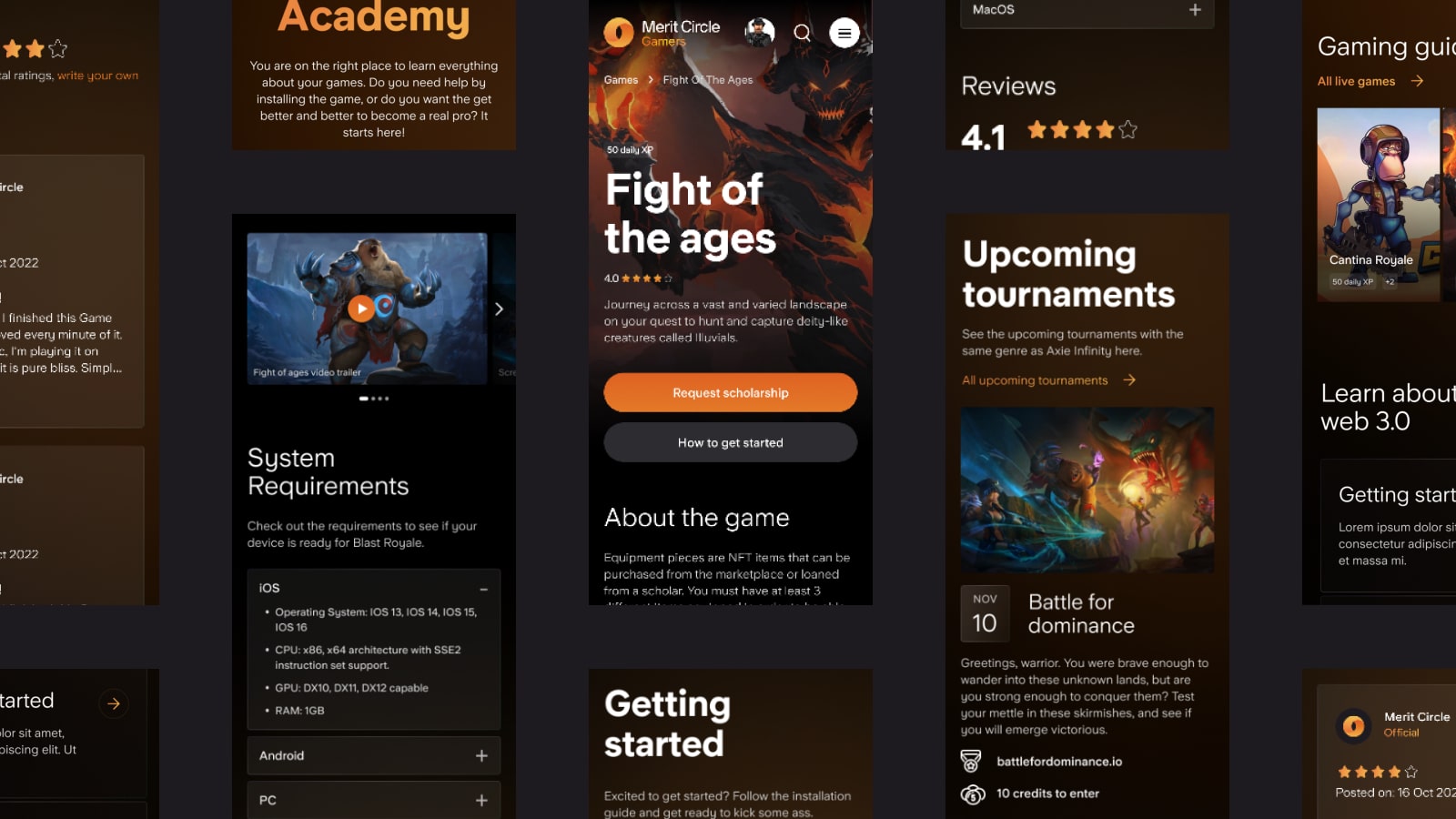
DEPT® guides Merit Circle in forming a dedicated team to sustain the platform and improve as the industry evolves. Possible future additions are team play, leaderboards, automated tournaments, and the development of a two sided platform that will increasingly connect gamers and game developers.
Merit Circle aims to raise the industry standard by developing a platform that covers everything a gamer could need. They are expected to be a kingmaker in the new land of Web3 gaming.
Strategist
Discover more
DEPT® has launched WEB3/DEPT® to support the fastest growing segment of its business. The 300-person team, which has been responsible for 5% of DEPT®’s revenue this year, will help clients experiment with blockchain technology, build immersive experiences in the metaverse and deliver multi-layer strategies for launching NFTs.
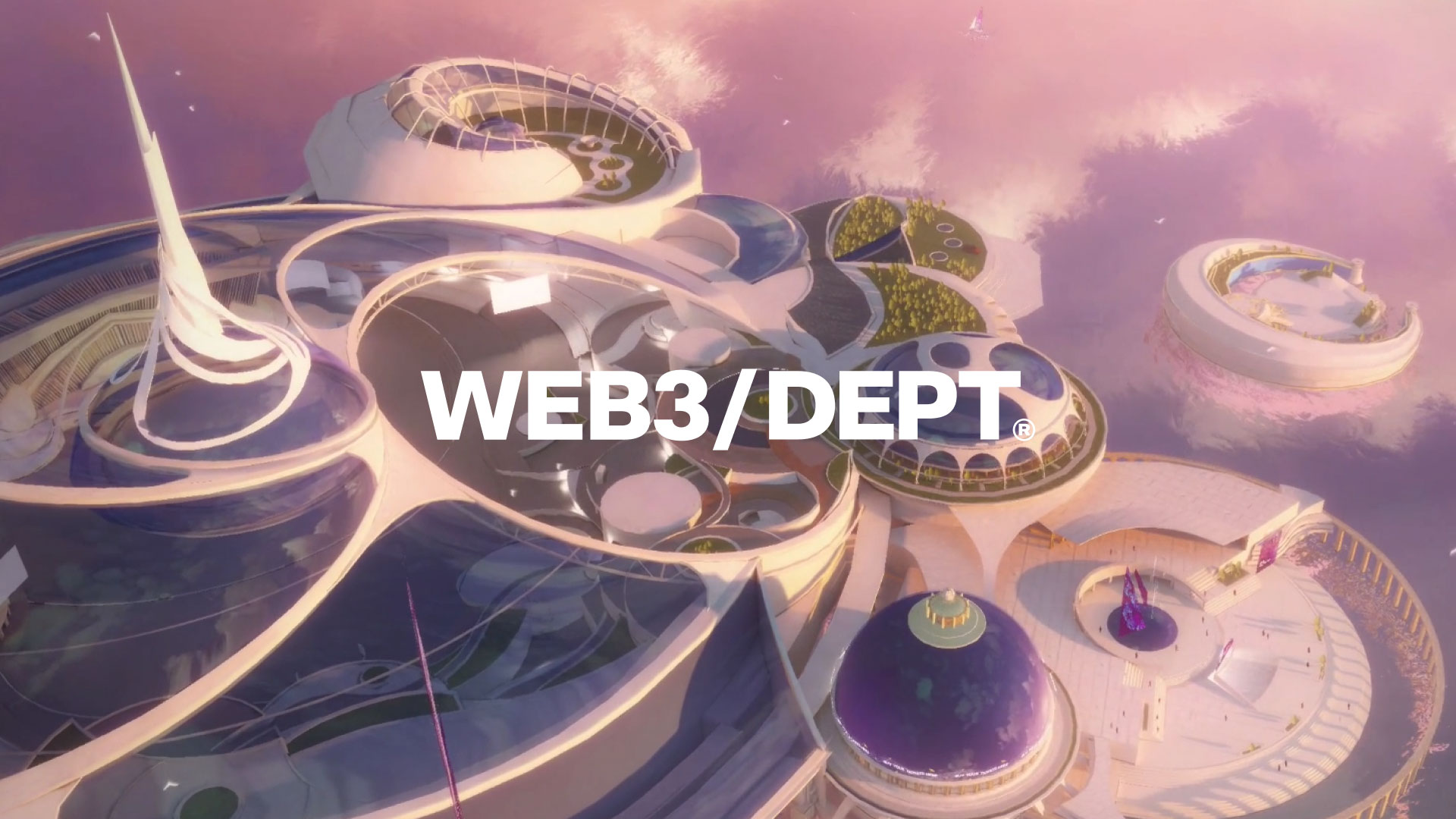
“Web3 and the metaverse are the two transformational technological evolutions of the next decade,” said Isabel Perry, vice president at WEB3/DEPT®. “But it’s hard for CMOs and CIOs to figure out where to start. Over the last two years, we’ve helped so many brands to redefine the way they interact with their customers that we feel it’s time to combine all this expertise and knowledge under the WEB3/DEPT® banner.”
The team has worked on over 60 Web3-focused projects, including industry firsts and award-winning work for brands like H&M, Tomorrowland, SPIN, Eurovision, Sprite (together with Marvel) and Dubai World Expo, as well as Web3 natives including HAPE, Circle, Dequency, Yuga Labs and Merit Circle.
DEPT®’s Web3 experience is grounded in a heavy tech focus and dates back to 2015 when it helped build the first-ever crypto bank with Circle. Since then, the agency has built expertise on blockchain applications and marketplaces, including creating Algomart, the world’s first open source solution built on the sustainable Algorand blockchain for launching an NFT marketplace.
DEPT® is also responsible for a number of immersive experiences across the web, AR/VR/XR, gaming and the metaverse, including:
“Web3 feels a bit like mobile back in 2006 – still in its infancy but bound to be impactful for everyone, everywhere,” said Dimi Albers, CEO at DEPT®. “We want to lead the charge and help our clients navigate these transformational technologies for the next decade. We think the combination of our strong intellectual property, track record of delivering more than 60 web3 projects, and our diverse mix of engineers, creatives and strategies who ’get’ the web3 vision sets us apart, along with our ambitious R&D plans across EMEA, the US and Asia Pacific.”
WEB3/DEPT® will make it easier for clients to tap into the agency’s expertise in Web3 business transformation, blockchain technologies, immersive web experiences, AR, VR, gaming and the metaverse, as well as proprietary solutions for blockchain, webGL, pixel streaming and blockchain education. The team will also introduce a new Web3 Labs platform to help both clients and employees better understand web3 fundamentals, including the difference between crypto coins and crypto tech, why decentralised tech is here to stay, and primers on wallets, NFTs, DAOs, marketplaces, stablecoins, etc.
Founded in Amsterdam in 2015, DEPT® is made up of more than 3,500 people in seventeen countries across five continents and hit $500 million in revenue this year. The Certified B Corporation was named Agency Network of the Year at the Webby Awards and Agency of the Year by the Lovie Awards, including more than 30 awards for its pioneering Web3 work.
VP of Emerging Tech
With a global team of over 300 specialists including solidity engineers, ethicists, economists and game designers, we have been building for Web3 and the Metaverse since 2015. Our pioneering work is fuelled by patented and proprietary technology.
Web3 and the metaverse are the two transformational technologies of the next decade. We partner with businesses around the world to help them understand this evolution and what it means for organisations, people and society.

Driving business transformation and organisational change with education and research.
Sprints & workshops
Hackathons
Education & training
Research
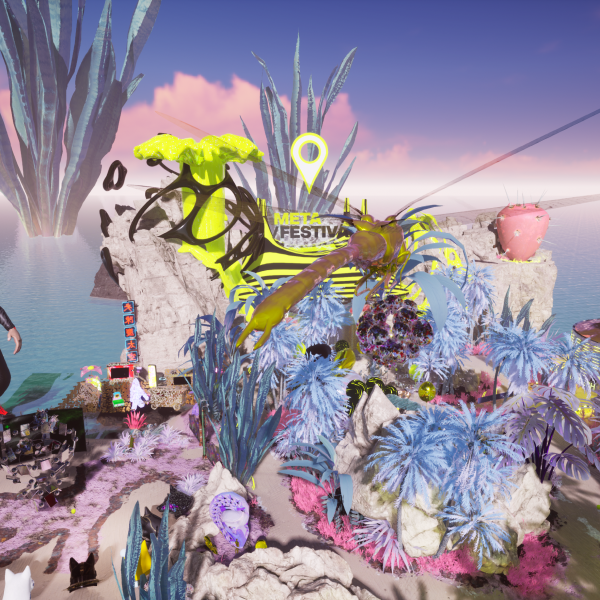
Applying cutting edge R&D to build platform-first immersive experiences.
Web
AR/VR/XR
Gaming
Experiences

Helping clients navigate how blockchain will evolve and advance their business and culture.
Smart contracts
Wallet integrations & Payments
Fiat on and off ramps
DeFi
DAOs
Protocols
Interfaces

An end-to-end partner for token strategy, design, marketing and community management.
Marketplaces
Minting & Collections
Token Gating
Marketing
Community Management
For the first time in the 170-year history of the World Expo, its sense of global community through pavilions, dialogues, celebrations, and above all, inspiration and hope for the future, are accessible from anywhere in the world, redefining what it means to visit and empowering what it means to experience.

Online Visitors
Custom-made 3D pavilions.
Visitors for the most watched event.
Events


2022
Engineering


2020
Metaverse
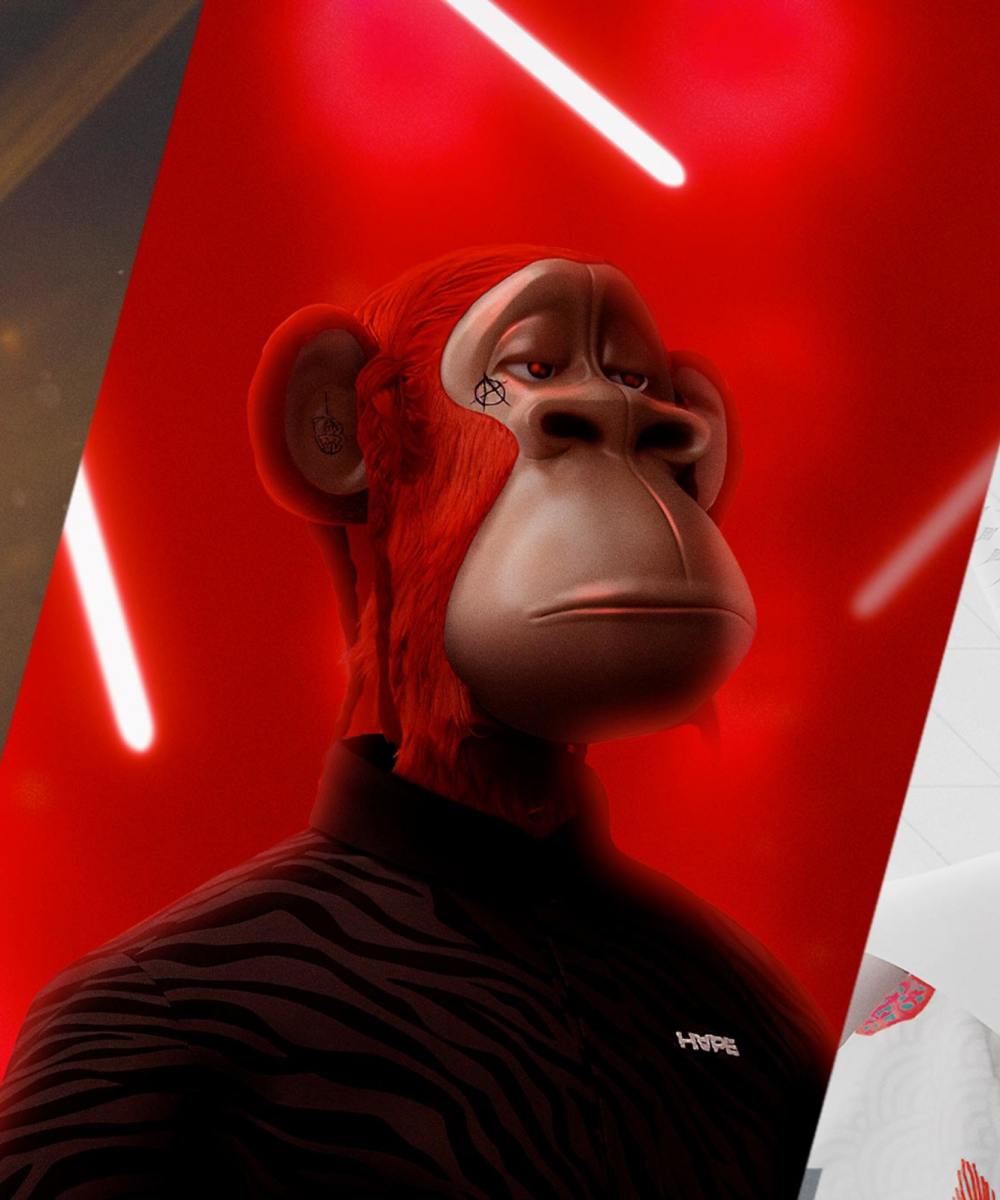

NFT
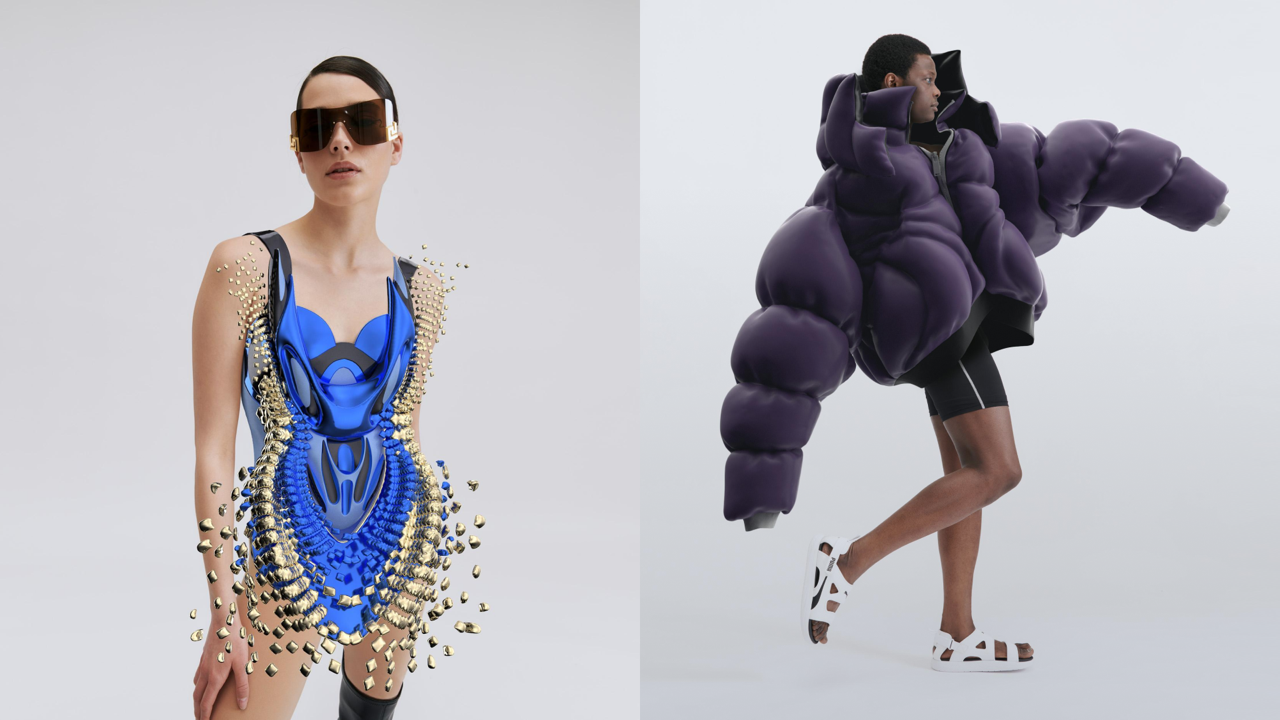

Commerce
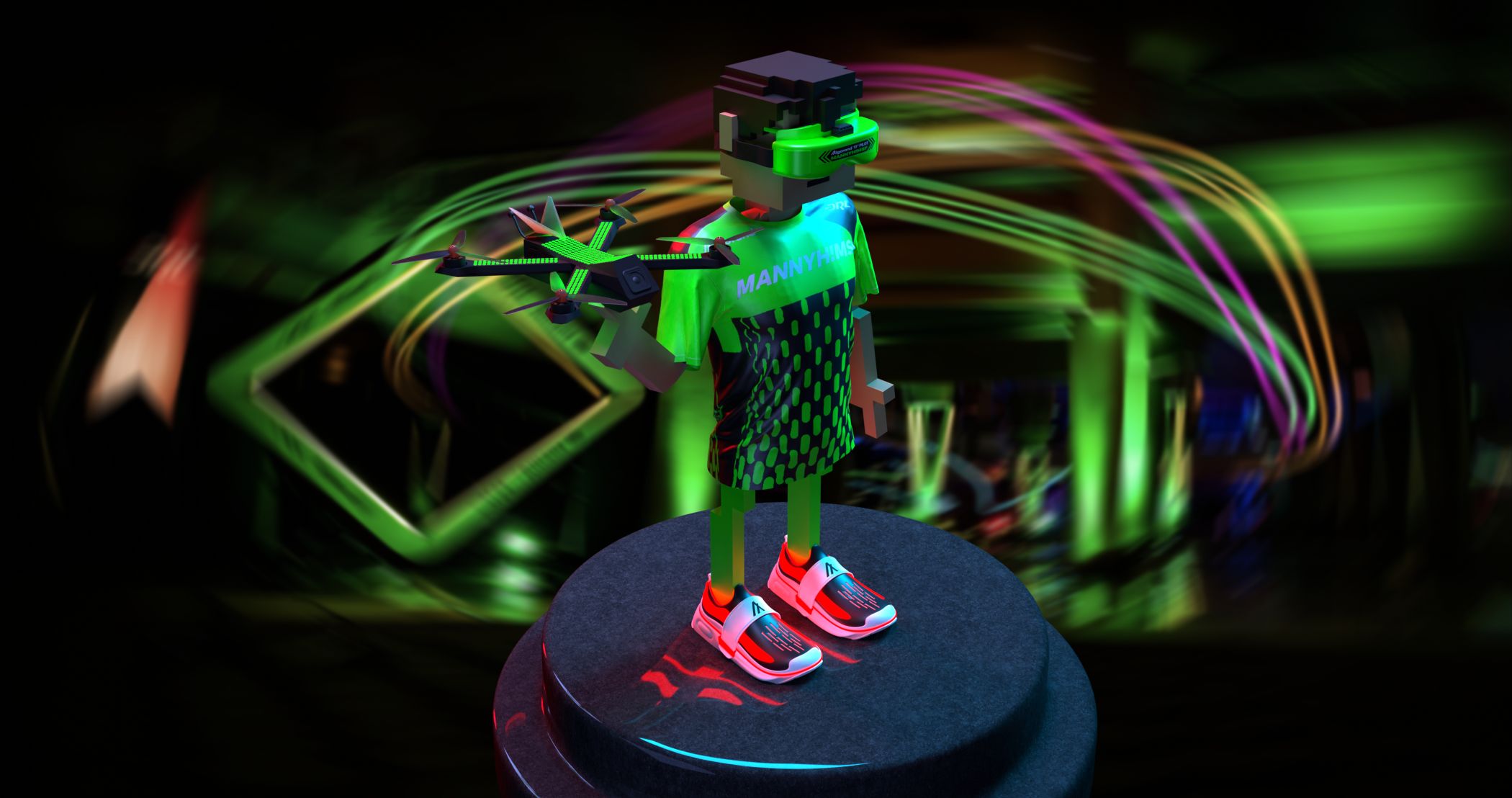

2022
Blockchain


2022
Engineering


2022
Experience


2022
NFT


2022
Blockchain


2021
Experience


2021
Engineering
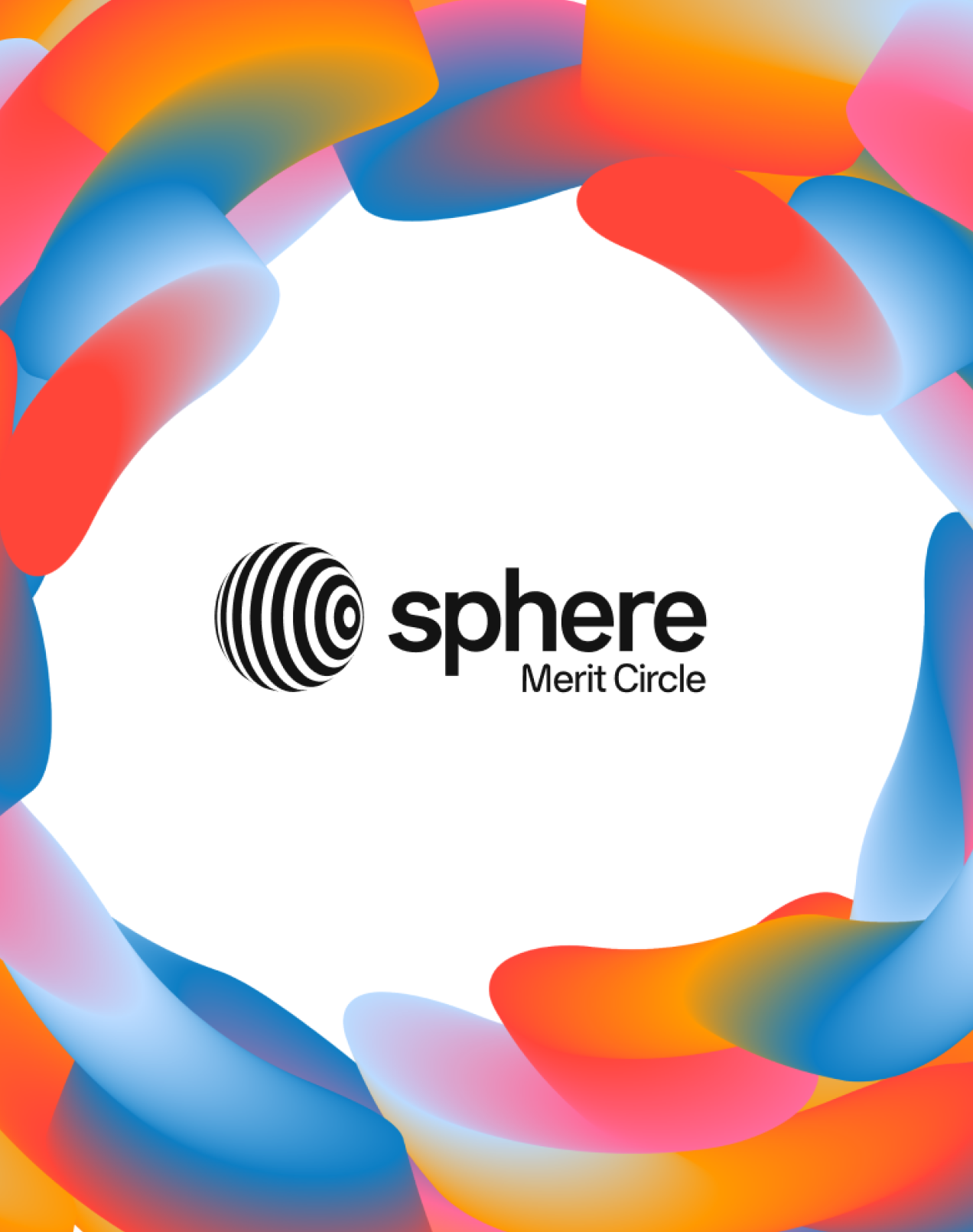

2022
Blockchain


NFT


Creative
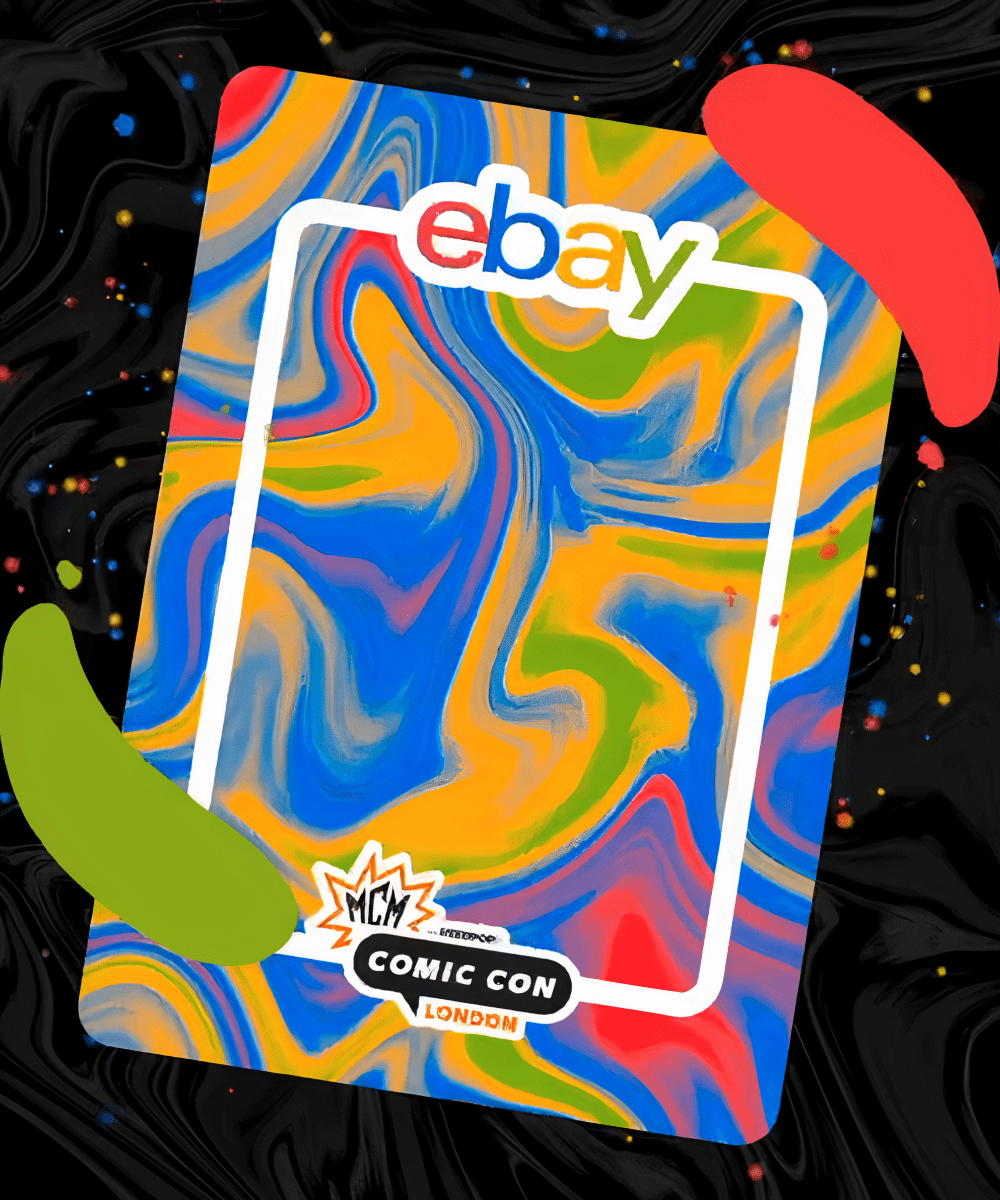

2022
NFT

Our platform, WEB3/DEPT® Labs, is a nine step course that will teach you and your team the building blocks of Web3.
Learn More





























































We understand these are unchartered territories. We partner with our clients to learn what works and what doesn’t. Reach out, we’d love to connect, consult, and share our insights and expertise regarding your questions about your future with Web3.
H&Mbeyond is the innovation hub of the well-known Swedish fashion company H&M Group. Together with startups and innovators, its team drives forward future-oriented projects. H&Mbeyond approached us to create the first-of-its-kind, Metaverse project for the H&M brand: the Virtual Showroom.
In keeping with the current zeitgeist, H&Mbeyond approached us with the idea of expanding H&M’s physical showrooms with a digital showroom. Based on the former, it should reflect the brand’s identity and values, just virtually instead of physically. A space without opening hours, where a wide variety of target audiences such as influencers and stylists, customers, employees, and the press can meet and learn more about H&M and its collections. The Virtual Showroom was to serve as a central point for meaningful exchanges in an immersive environment. Targeted tours by the H&M showroom team were intended to inform the audience about current trends and topics such as sustainability and new, innovative materials.
The number of visitors, countries of origin and the average time spent in the individual areas (which can be helpful for future brand activations), were defined as KPIs for this new showroom. KPIs including click rates of downloadable materials and qualitative feedback from showroom guests and media stakeholders are to follow soon.

How can we experience clothing when we can’t touch it or wear it? What added value does a digital experience offer visitors and customers? Together with our partner Journee – The Metaverse Company™, we explored solutions to these questions to develop a virtual, custom-fit world for H&M. In the H&M Virtual Showroom, content on H&M’s innovation topics and sustainability efforts are presented, alongside ‘information zones’, designed especially for the press or users interested in a conversation.
The look of the showroom is based on the DNA of the H&M brand, with appropriately designed areas for the most important topics such as the ‘Sustainability Garden’ (where information on the innovative material ‘AirCarbon’ is shared), or the H&M Home influencers meeting area.
The ‘Campaign Room’, accessible through a portal, is where the new H&M Innovation Stories campaign ‘Cherish Waste’ is interpreted in a fascinating new way. Here, Creative Director Ann-Sofie Johansson and Concept Designer Ella Soccorsi give insights into the design process of the collection and the campaign, as well as the materials used in the clothing. The highlight of this room are the six main pieces of the collection which dominate the room as detailed, oversized 3D graphics. The flowing movement and vivid colours of the graphics really bring the pieces to life. Special Collections, in particular, lend themselves to the creation of such individual spaces, with a wide variety of brand activation options and providing unique, added-value for the visitors and the H&M showroom team.

We developed all of the components mentioned above together with Journee and in close cooperation with H&M. The vision of the showroom grew piece by piece; our strategists developed the concept, and the designers brainstormed, scribbled and designed creative mood boards based on the creative direction of the campaign and the H&M brand DNA.
With the help of H&M’s user insights, we designed the user flows for the influencers, stylists and journalists at an early stage, which provided the necessary guidance during the creative process. With the design ideas sharpened, we continued to optimise the concept and content until everything could be implemented (virtually) by Journee, using Unreal.
The first test tours in the Virtual Showroom, plus the positive feedback and ideas received from H&M stakeholders, helped us to round off the H&M Web3 experience. Paths were rerouted, trees moved, images swapped, and descriptions added.

The three avatar designs represent an important message: the need for more diversity and inclusion in fashion. With the avatars, users can move freely in the Virtual Showroom, so we paid special attention to user guidance, orientation and the order in the rooms. Even inexperienced users can navigate through the showroom with the help of various aids and explanations, helping them to discover everything in a playful way. Thanks to the separate rooms and different areas in the H&M Virtual Showroom, users can explore and experience the brand and the respective collections, or they can quickly find what they are looking for by simply teleporting to their desired destination.

A survey carried out with Gen Z visitors to the Virtual Showroom has resulted in very positive feedback:
69% of the respondents said that the showroom had aroused their interest in a virtual H&M brand experience.
In addition, 80% of the respondents are already interested in participating in a virtual H&M brand experience as an H&M Hello member.
Finally, 85% of the visitors surveyed rated the virtual showroom experience as very positive.
“Previous digital press meetings were nothing compared to this experience. Amazing space and visual execution, i.e. 3D moving garments in campaign room.” GLAMOUR
“Congrats to the space. In love especially with the visuals.” VOGUE
“Super cool to experience such an entirely new and imaginary environment. Love the photo booth to share.” FASHION UNITED
“Within only 12 weeks, we created a first-of-its-kind metaverse experience with the team from DEPT® and JOURNEE, which not only triggered positive feedback from the target group and a remarkable press echo. The project is also the impetus for further innovation projects within the H&M Group. I am looking forward to further collaboration with the team and am excited to see how we will shape Web3 together in the future.”
– Oliver Lange, Head of H&Mbeyond.
By working in true collaboration throughout an iterative process, the requirements of H&Mbeyond.’s innovation approach were optimally understood and implemented. In the future, the Virtual Showroom is expected to host events such as launches, meetings, and concerts for larger audiences, all in addition to the presentation of new collections.
“H&M’s Virtual Showroom is designed as a space for brand activations such as fashion campaigns. These are brought to life in a whole new and exciting way, combining innovation, digitalisation and sustainability. It makes me very proud to see how much energy, heart and soul our colleagues across countries and departments have put into this project. We are looking forward to exploring the potential in the countries of the Central Europe region and beyond.” Thorsten Mindermann, Regional Manager, H&M Central Europe.
After the great success of the virtual showroom and the positive feedback from the target groups, H&Mbeyond also wanted to offer an immersive experience to the end consumers. After extensive pitch and evaluation phases with a focus on Gen Z, the idea for the first virtual concert in the Metaverse was born. To build on the success of the Virtual Showroom with Love as quickly as possible, local and global marketing teams at H&M developed a concept in record time. In developing the immersive experience, the aspects of engagement and community were at the very top of the agenda. H&M finally managed to get the five-member ‘P-Pop’ boy band BGYO to perform the concert and realise it together with Journee and the existing technology. A new area was created in the existing showroom.
The result exceeded H&Mbeyond ‘s expectations. For example, the concert dominated social media channels and was covered by the TV station CNN Philippines. Communication about the virtual event eventually went viral. After the concert, some participants were surveyed. According to this survey, the interest in such immersive experiences is very high. In addition, the great demand for products in the form of physical and digital merchandise of the band motivated H&Mbeyond to think further in this direction.
At our DEPT® Commerce Day 2022, Oliver Lange from H&Mbeyond. and Jan Gutkuhn, Director Web3 at DEPT®, talked about the creation of the Virtual Showroom with Love.
Take a look behind the scenes and get exciting insights on the topic of The Road to metaverse commerce in the following video.
Director Marketing & Business Development